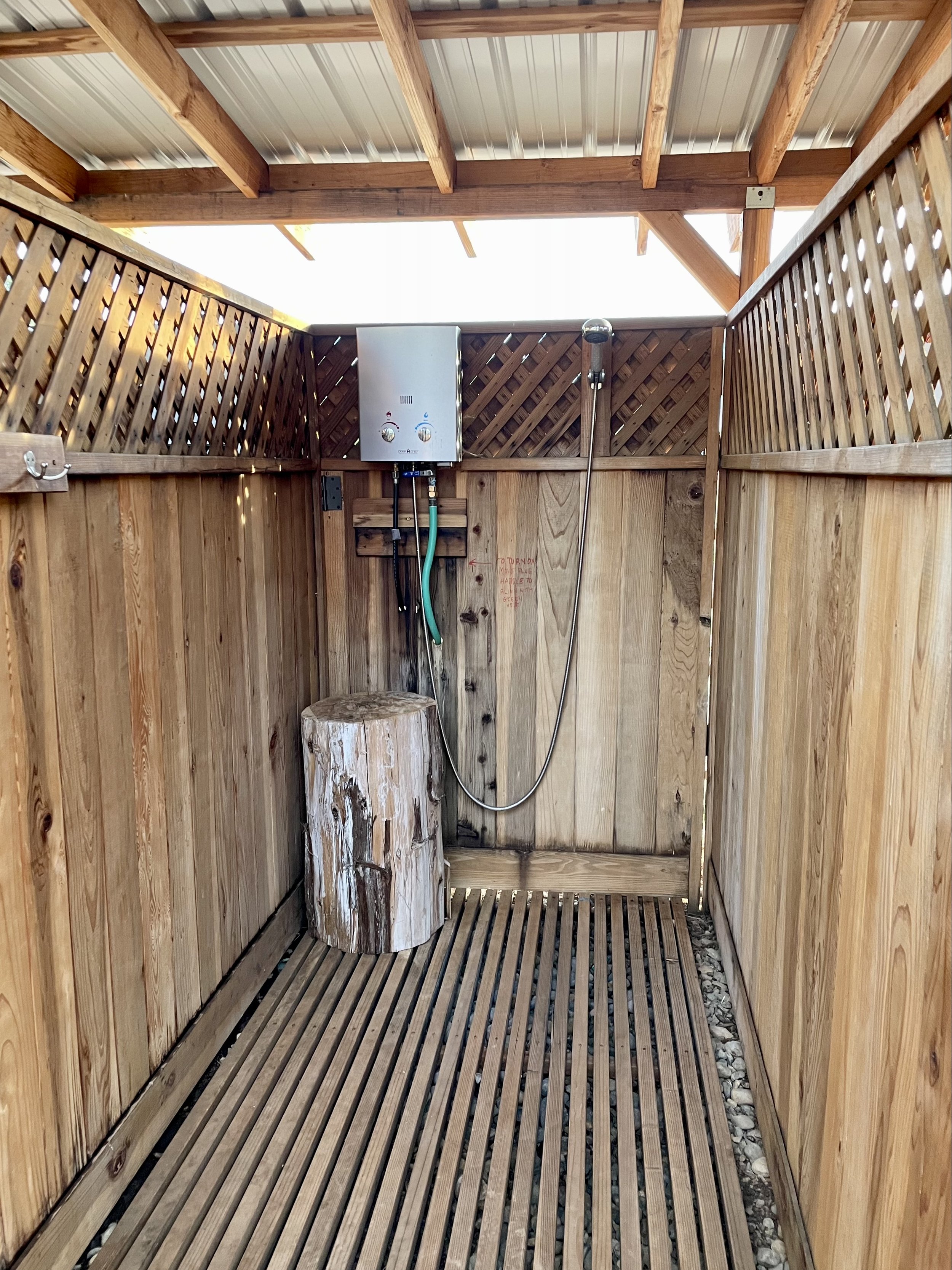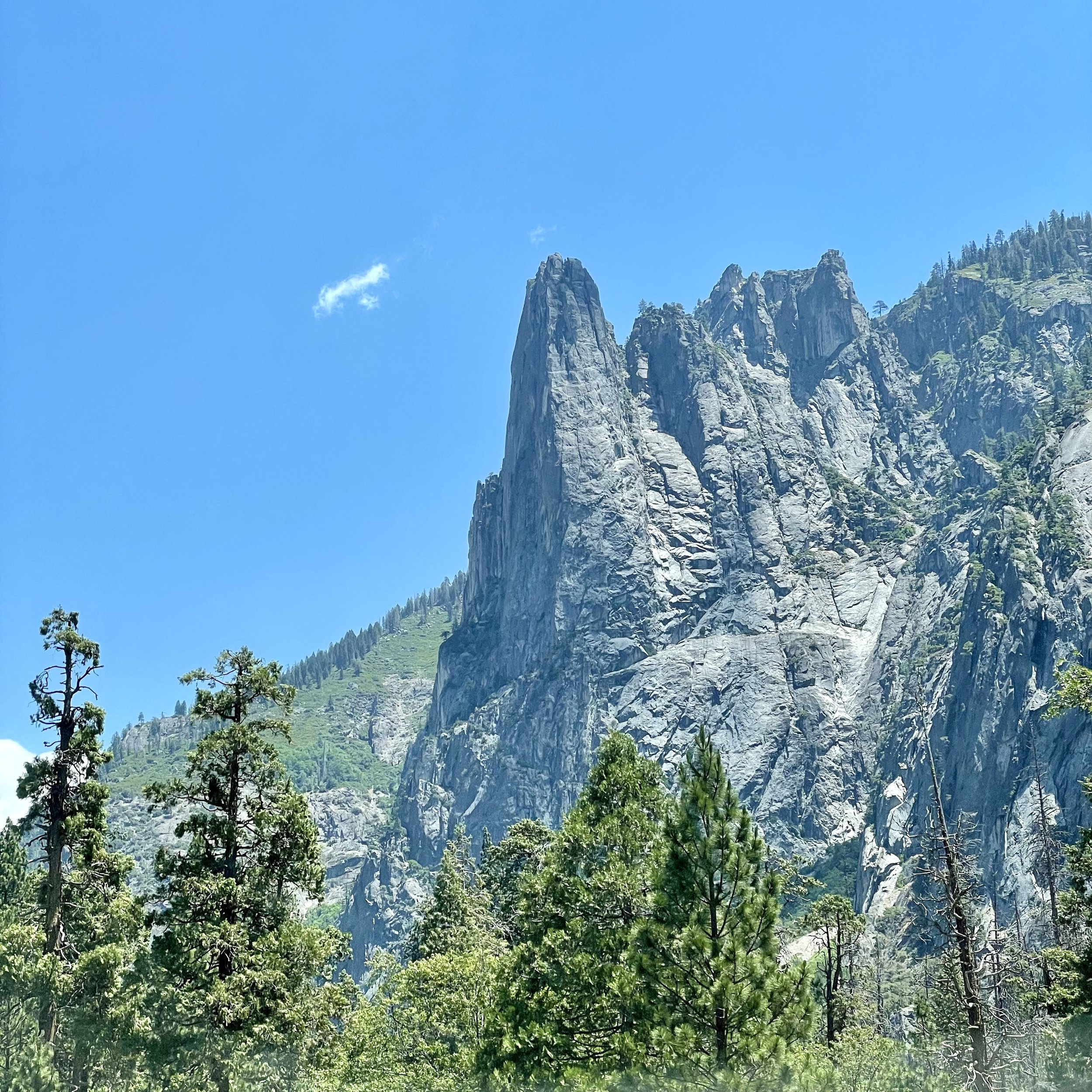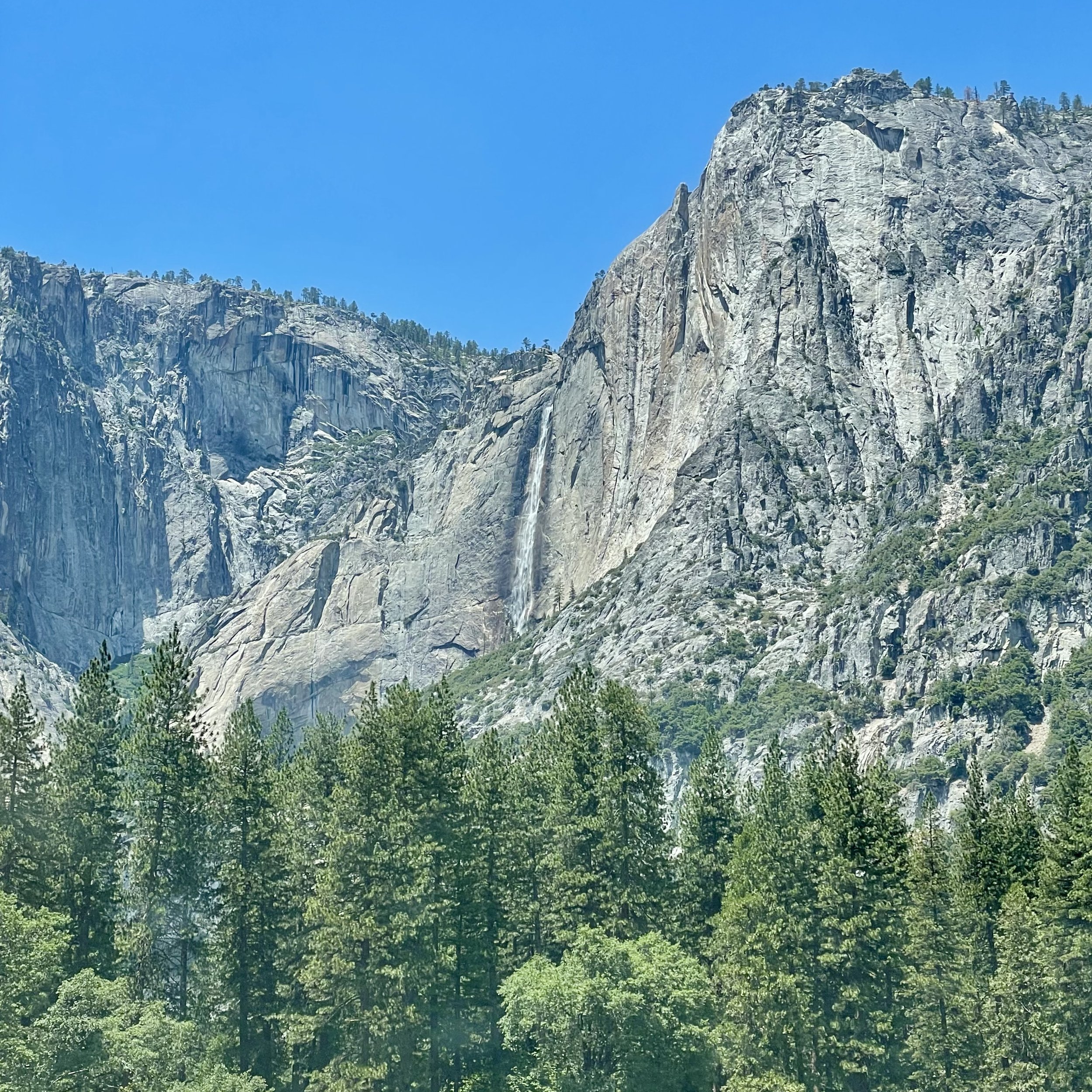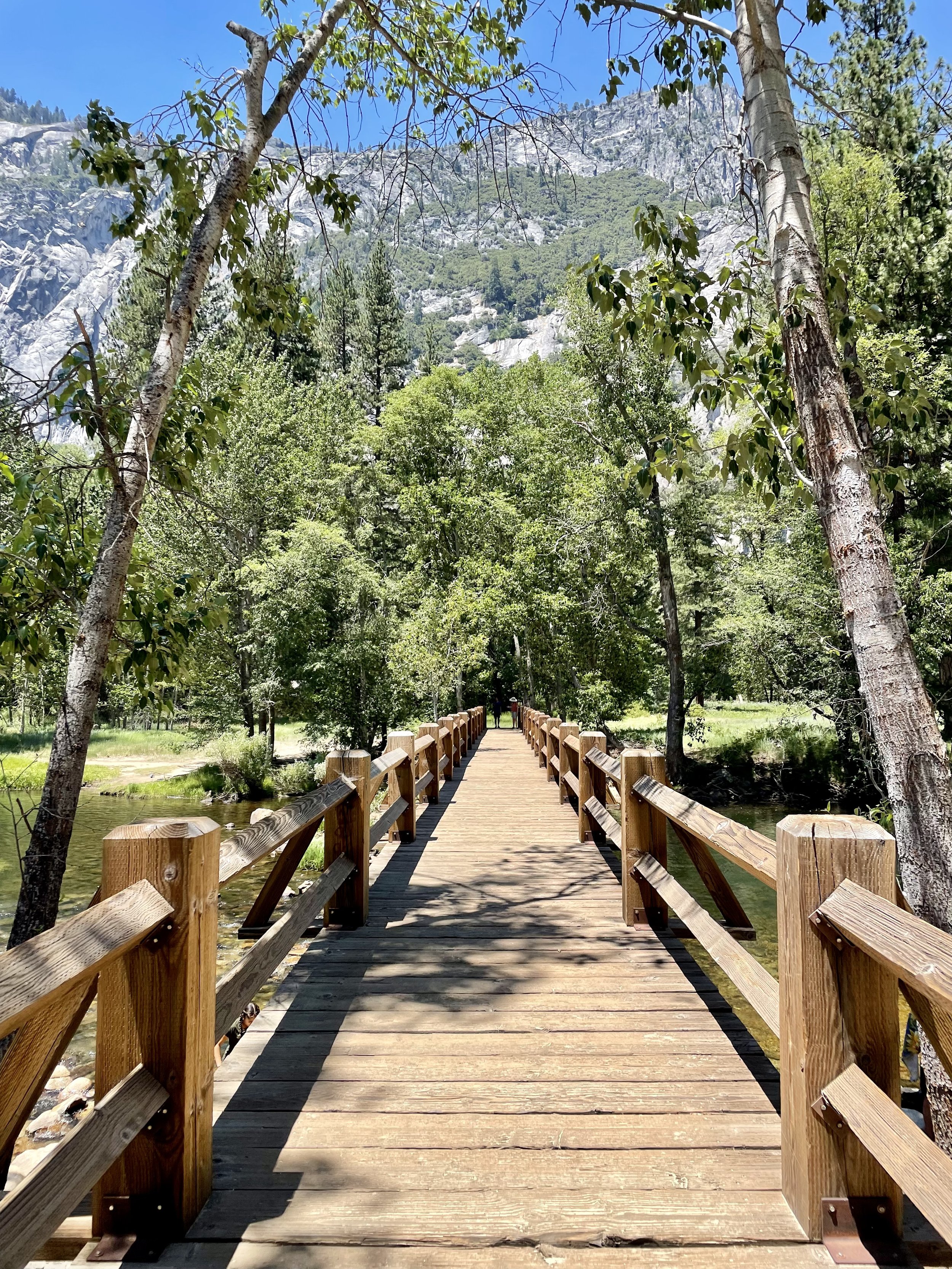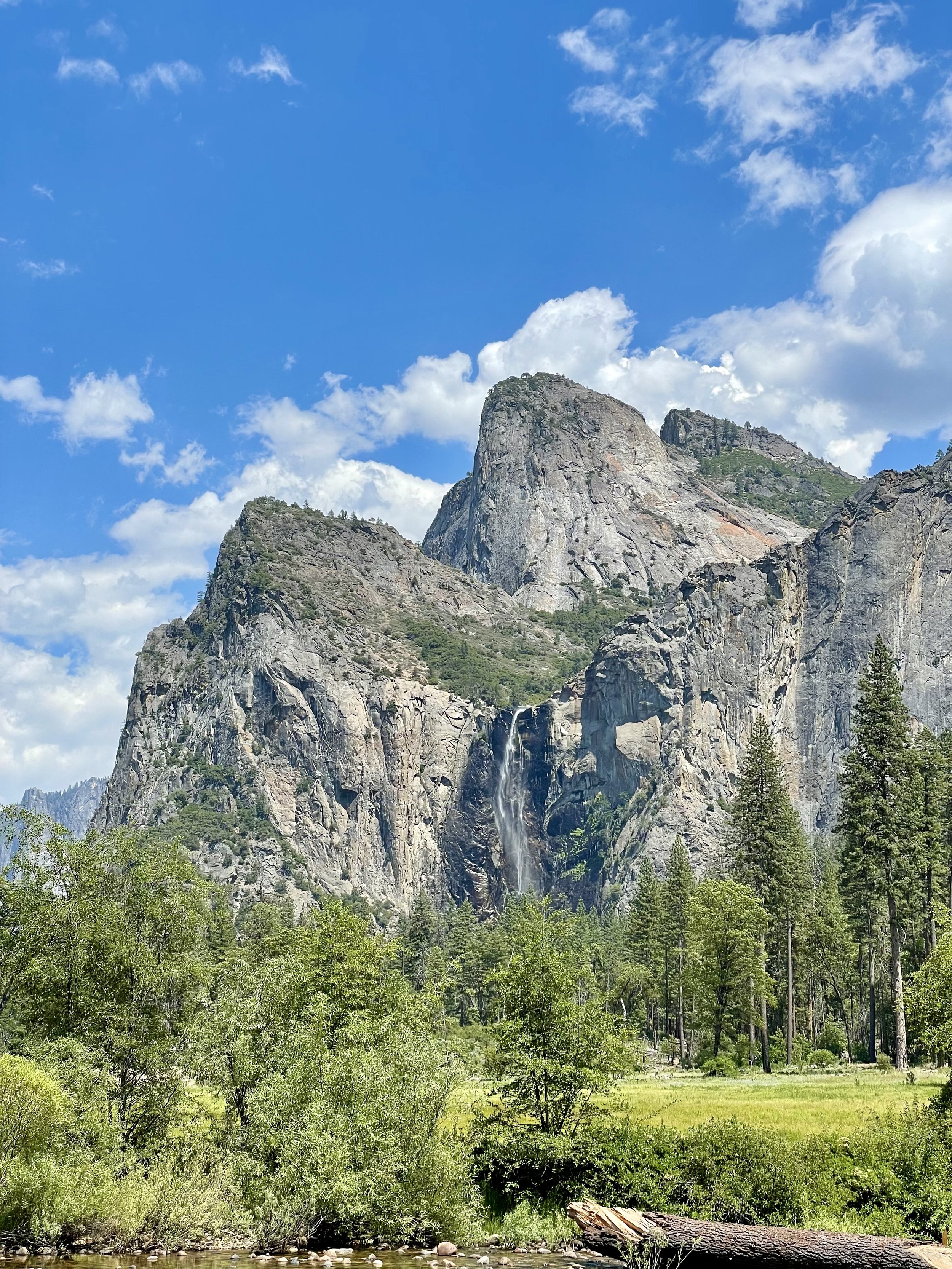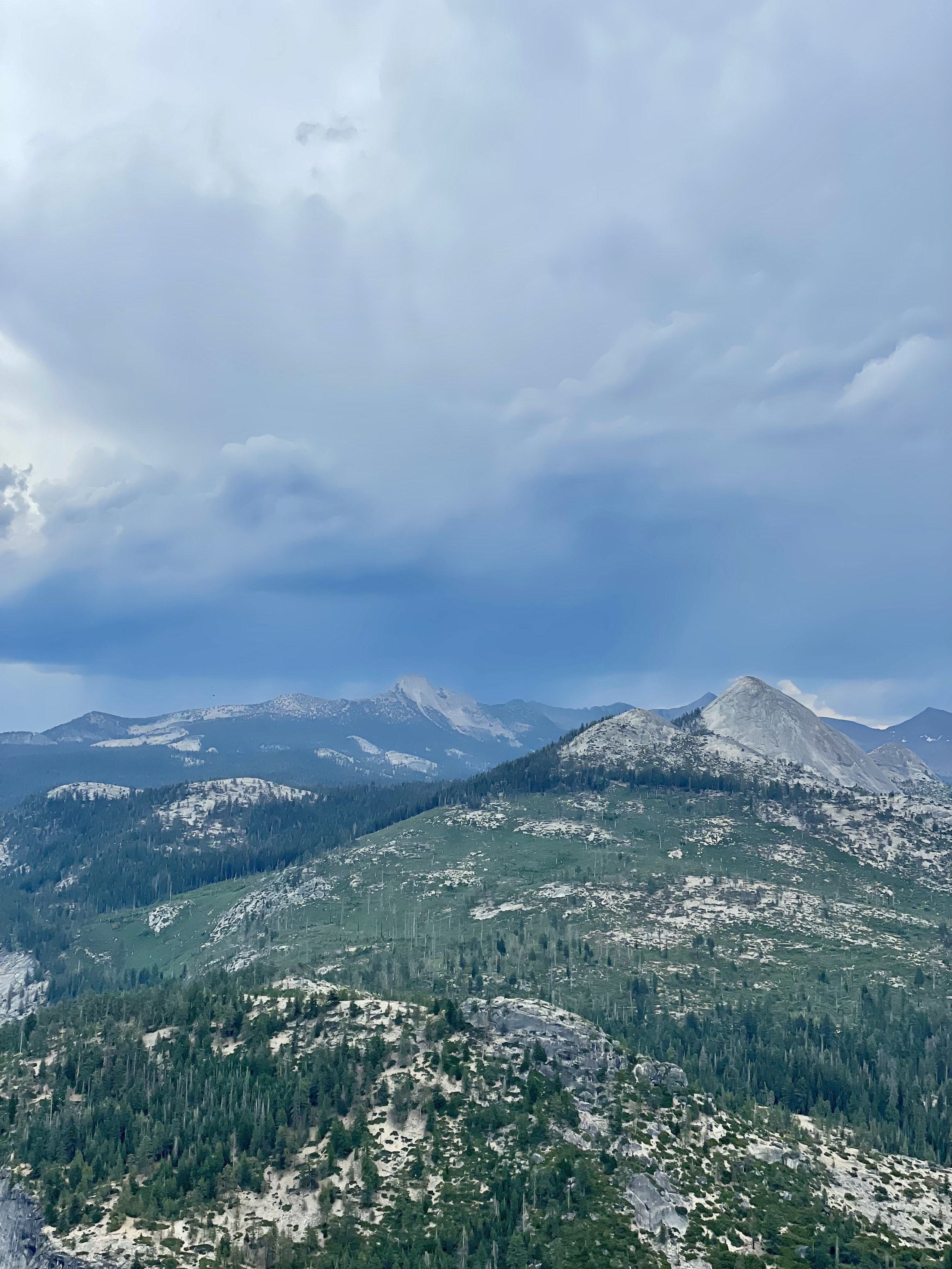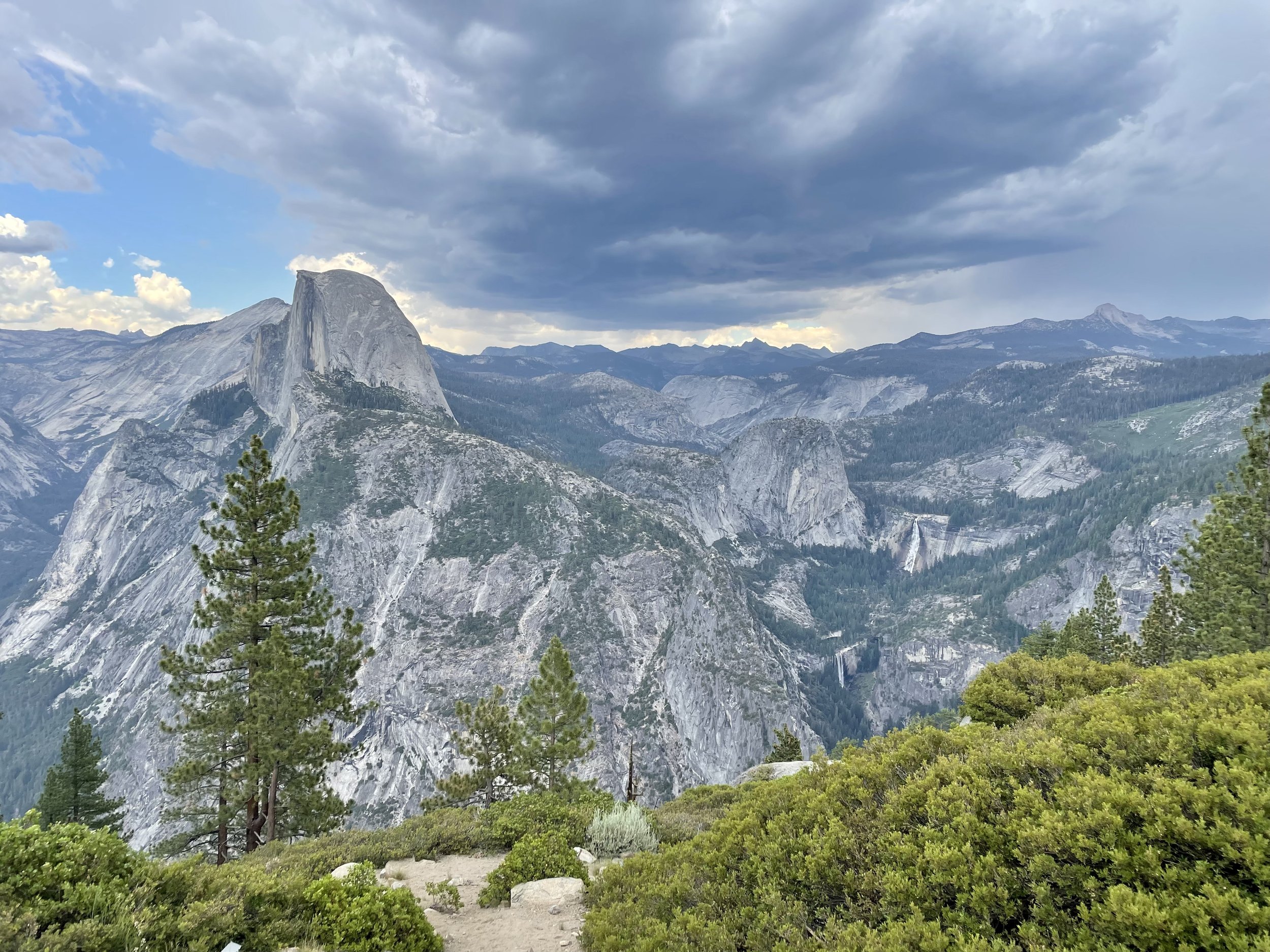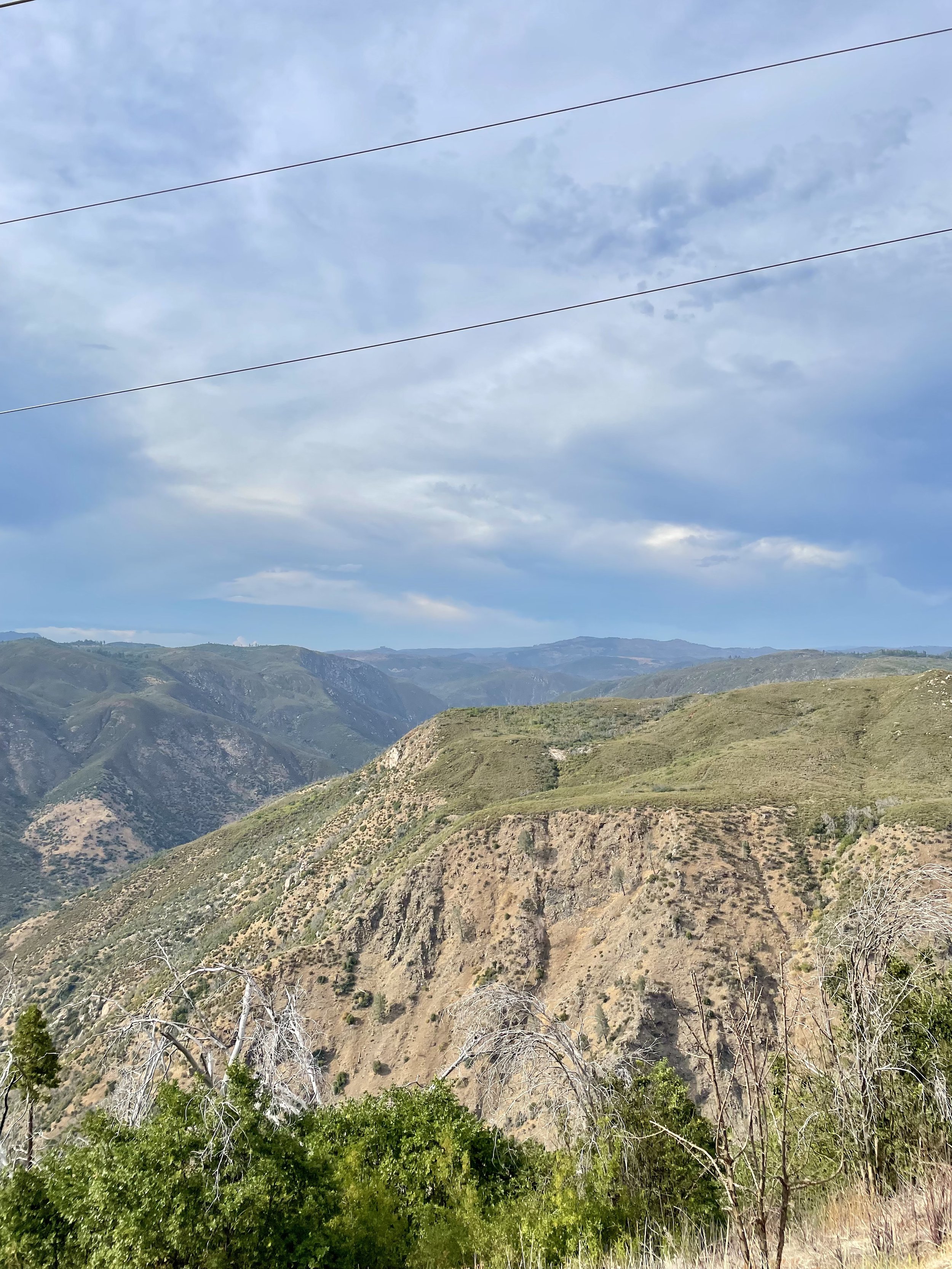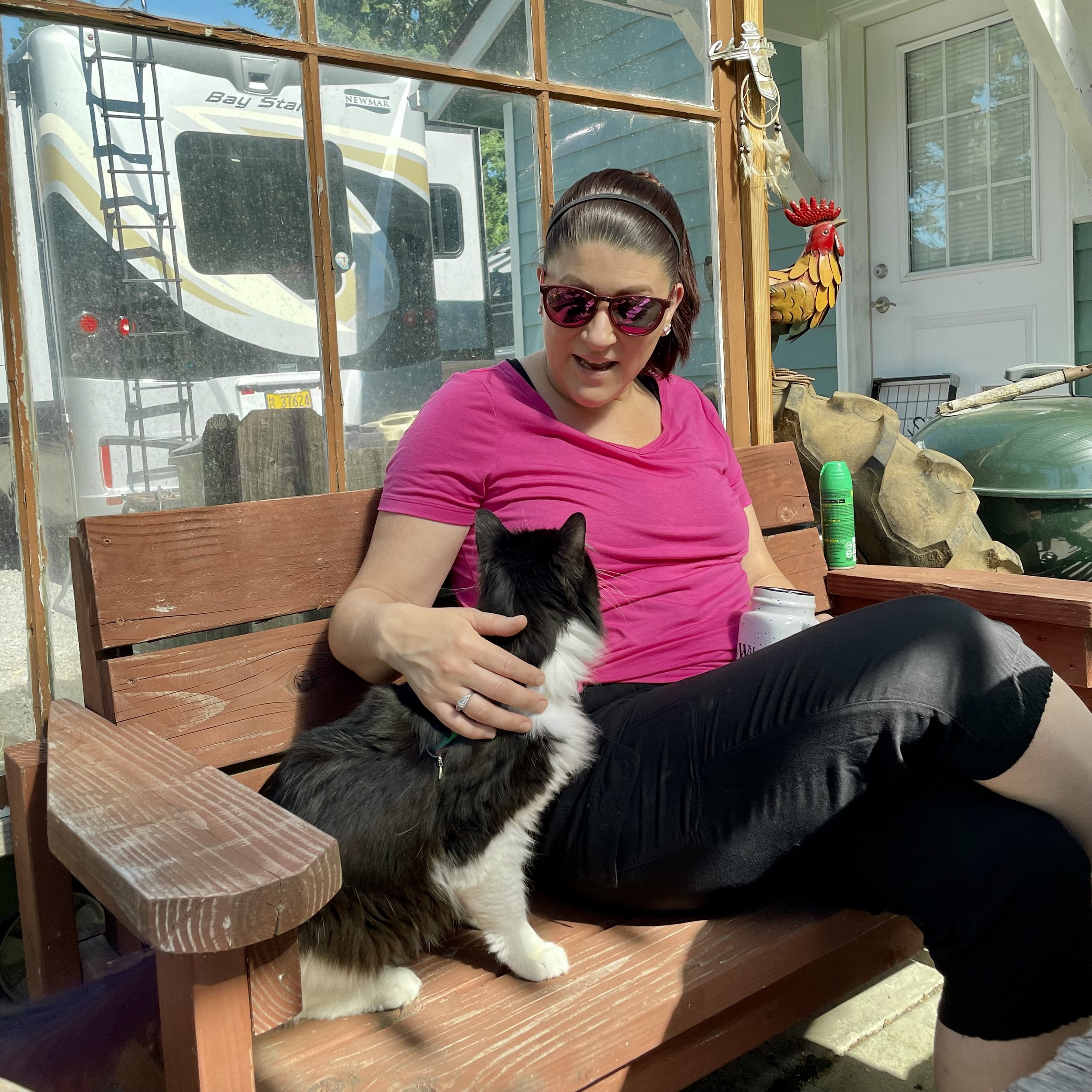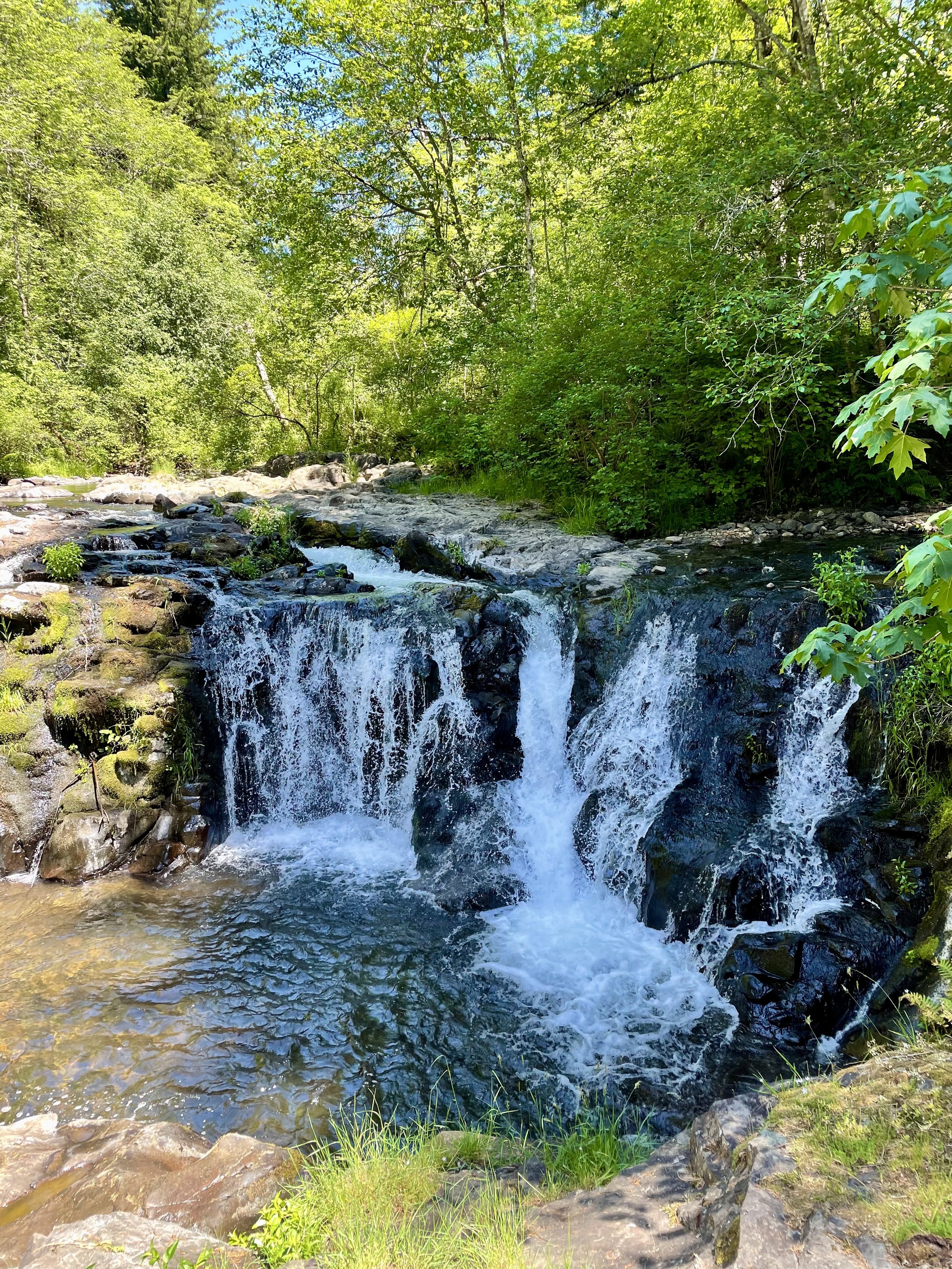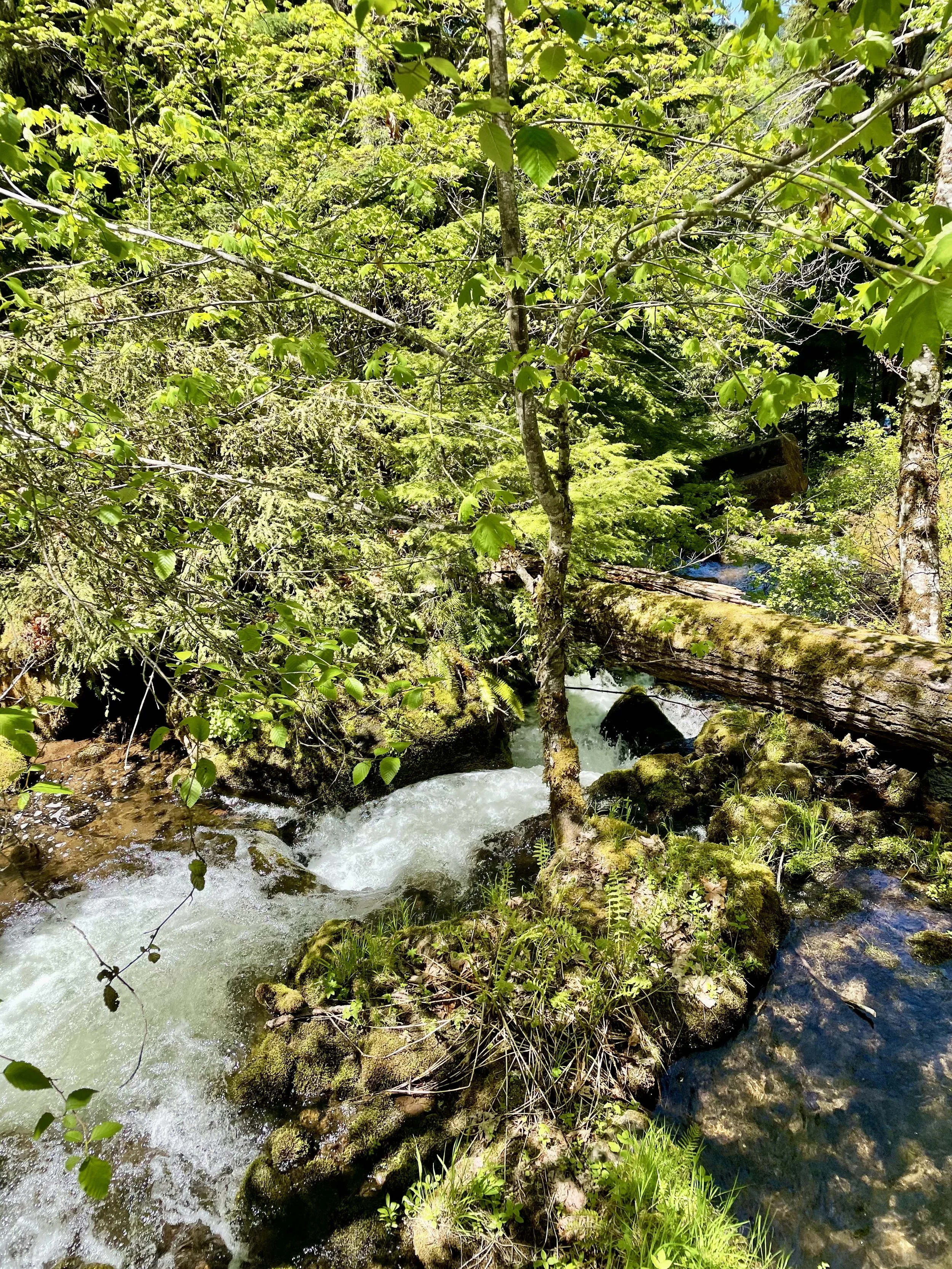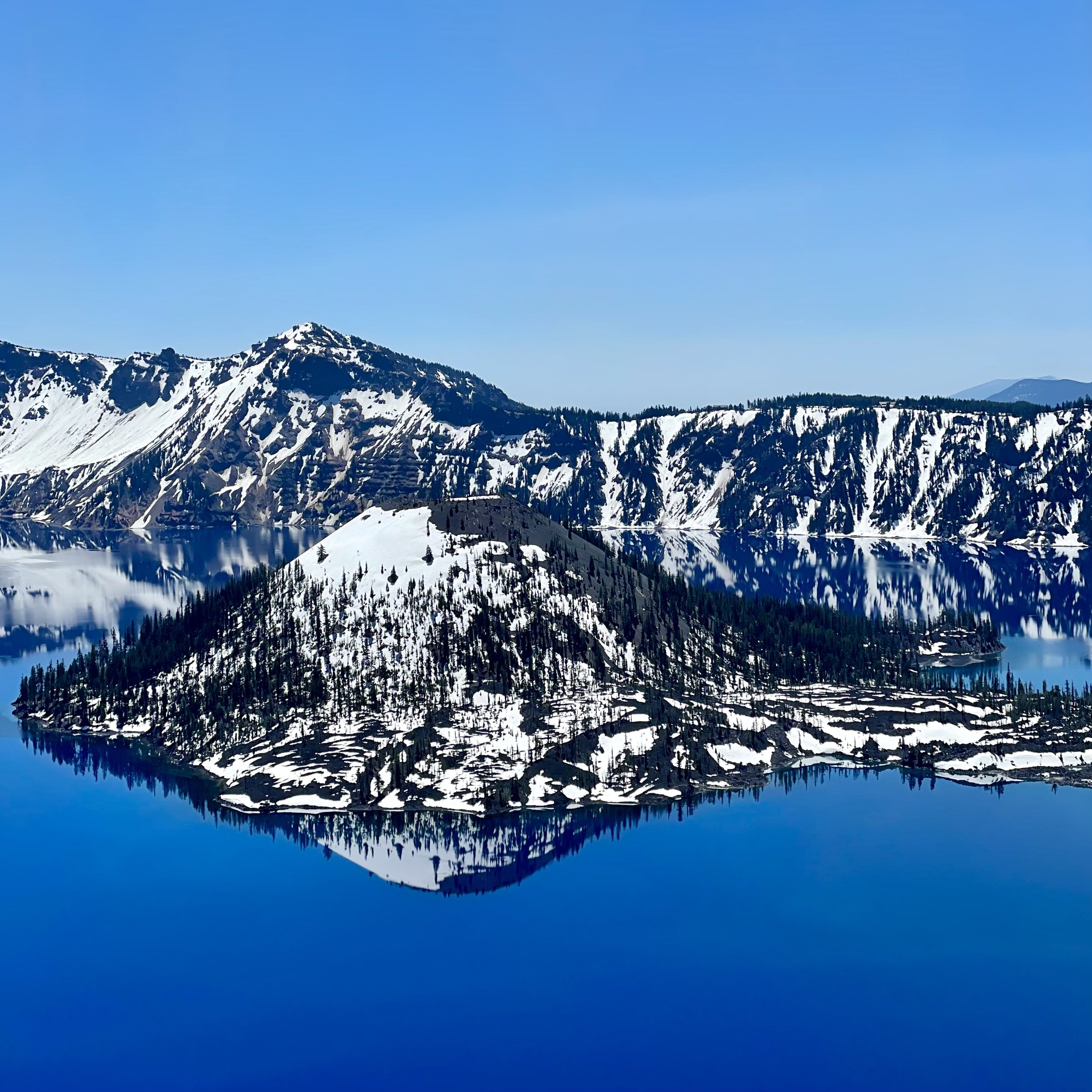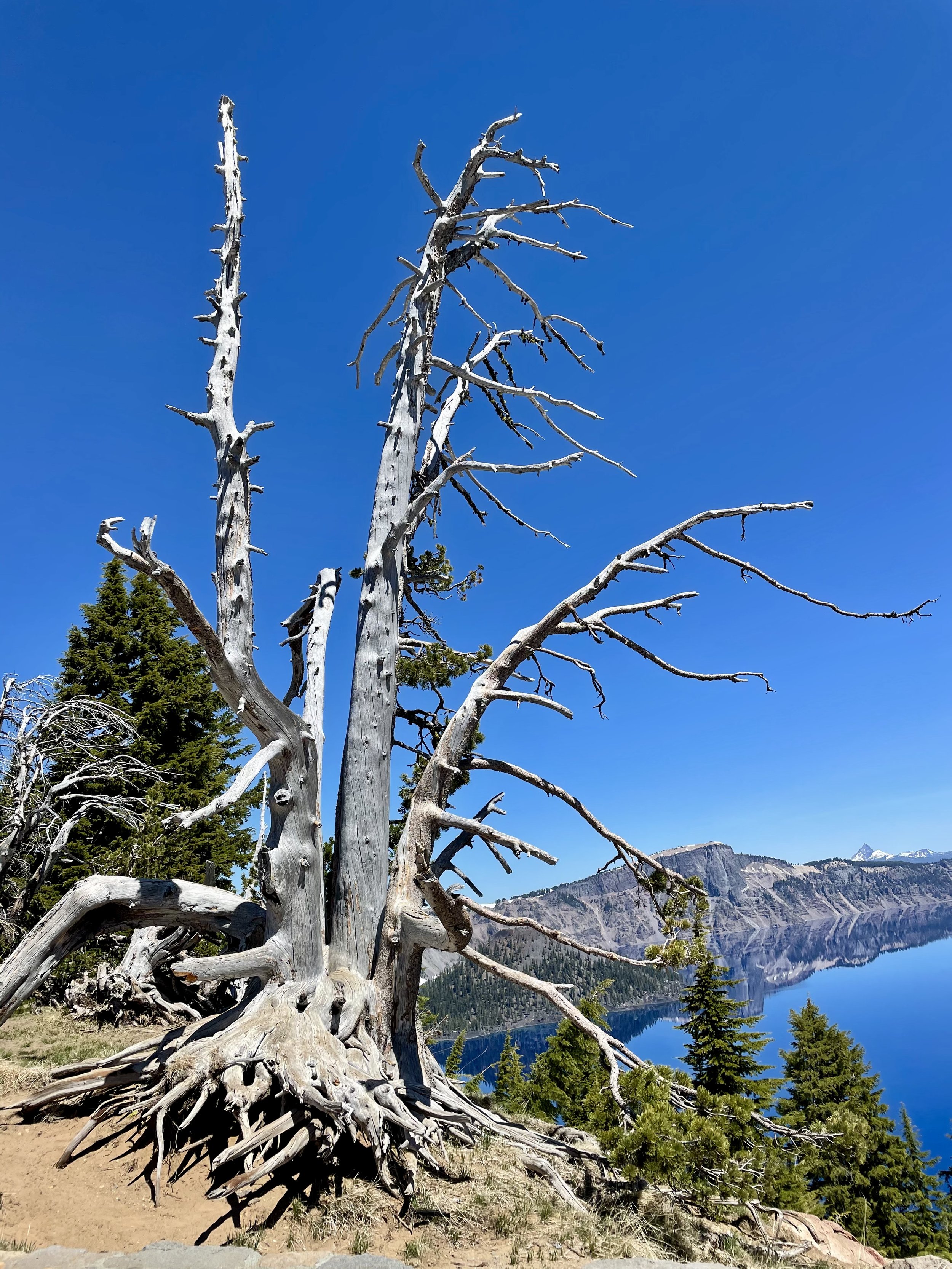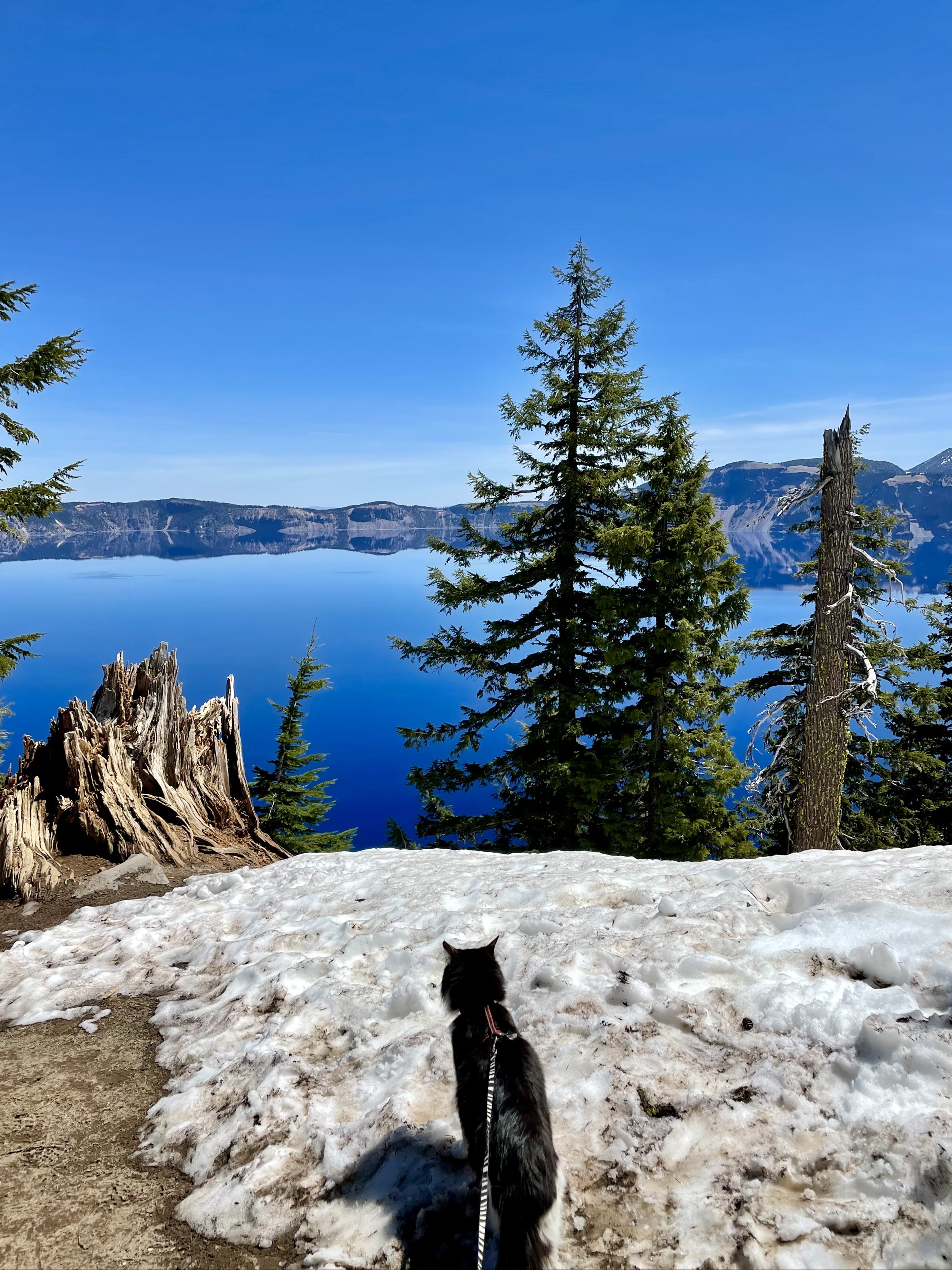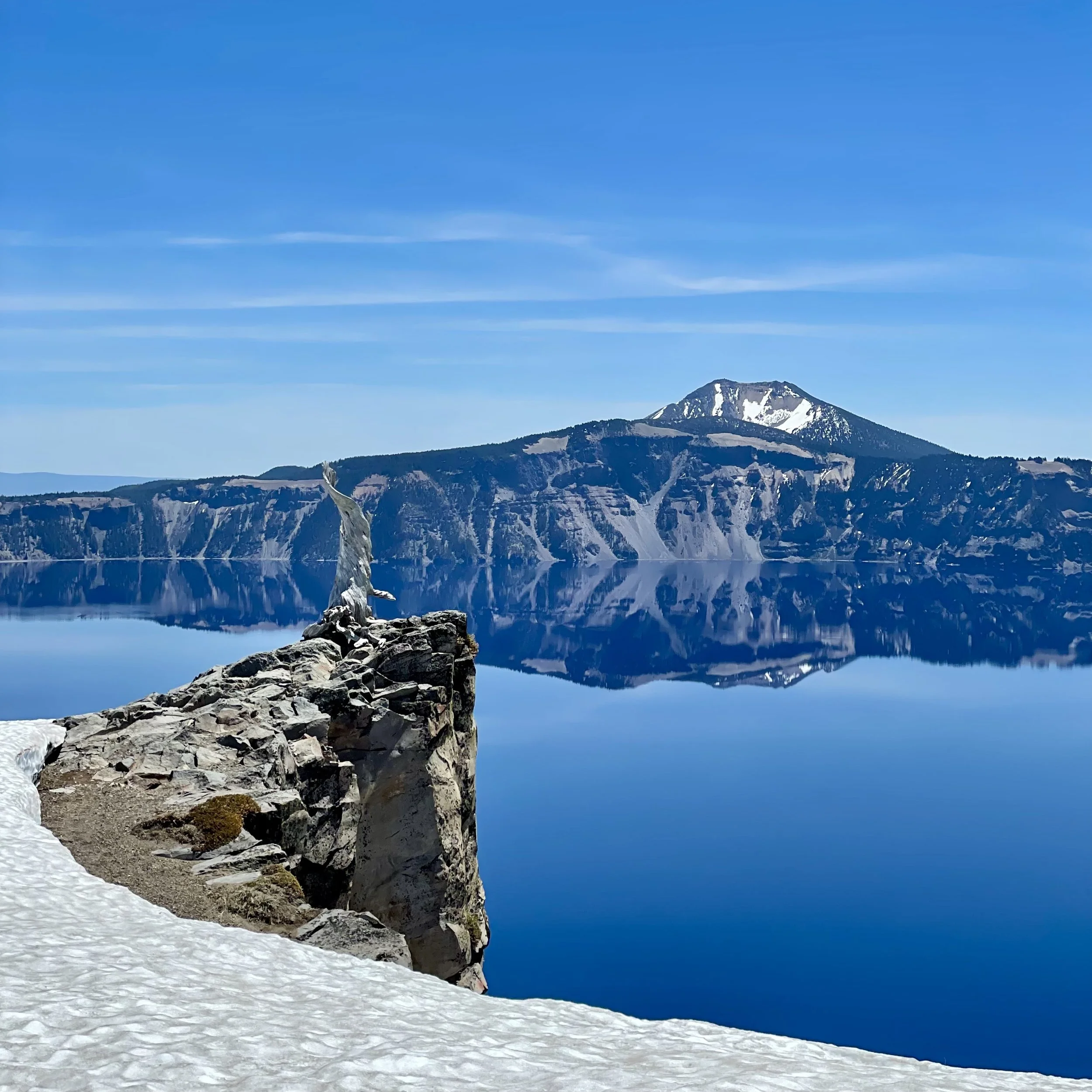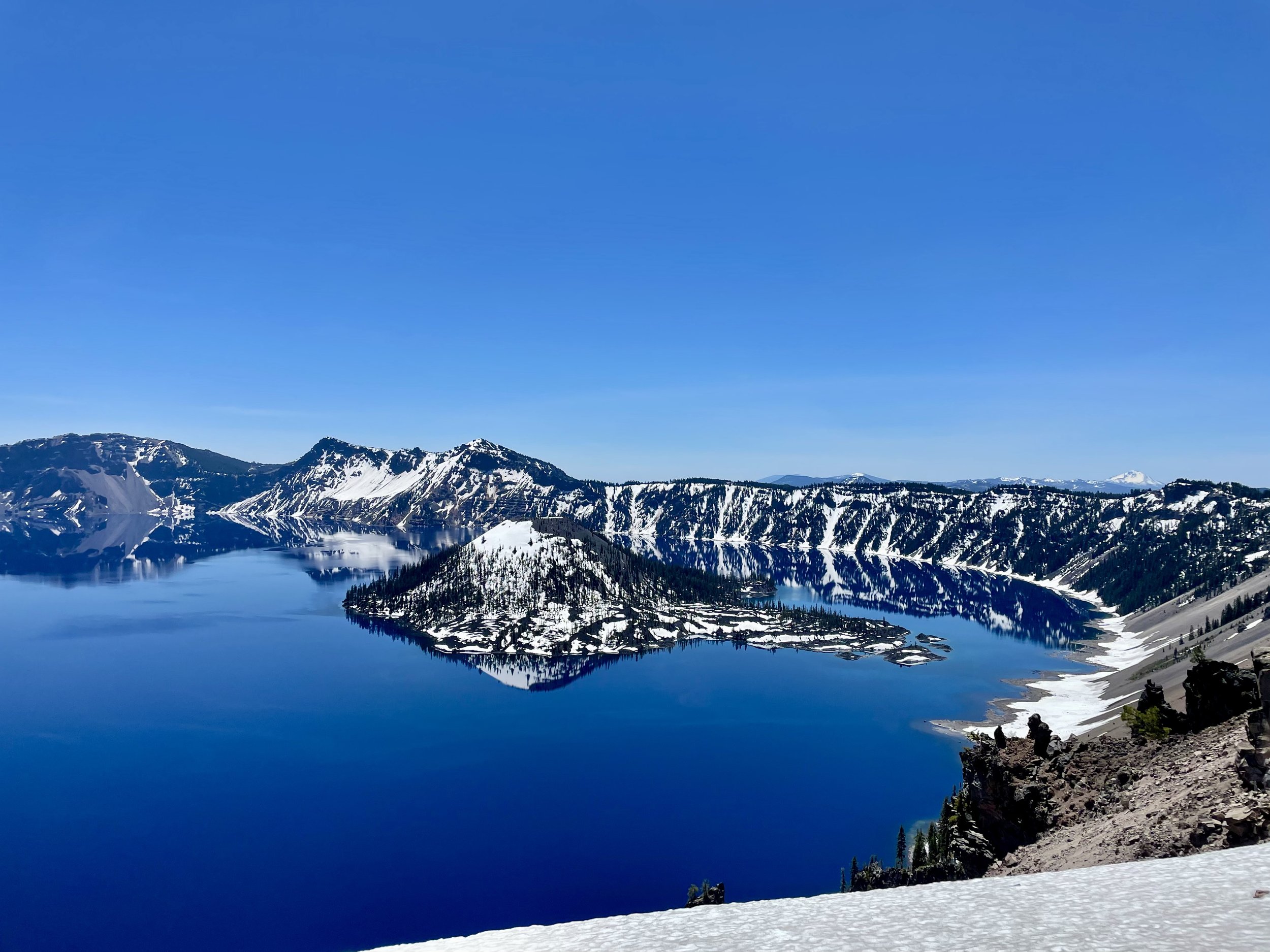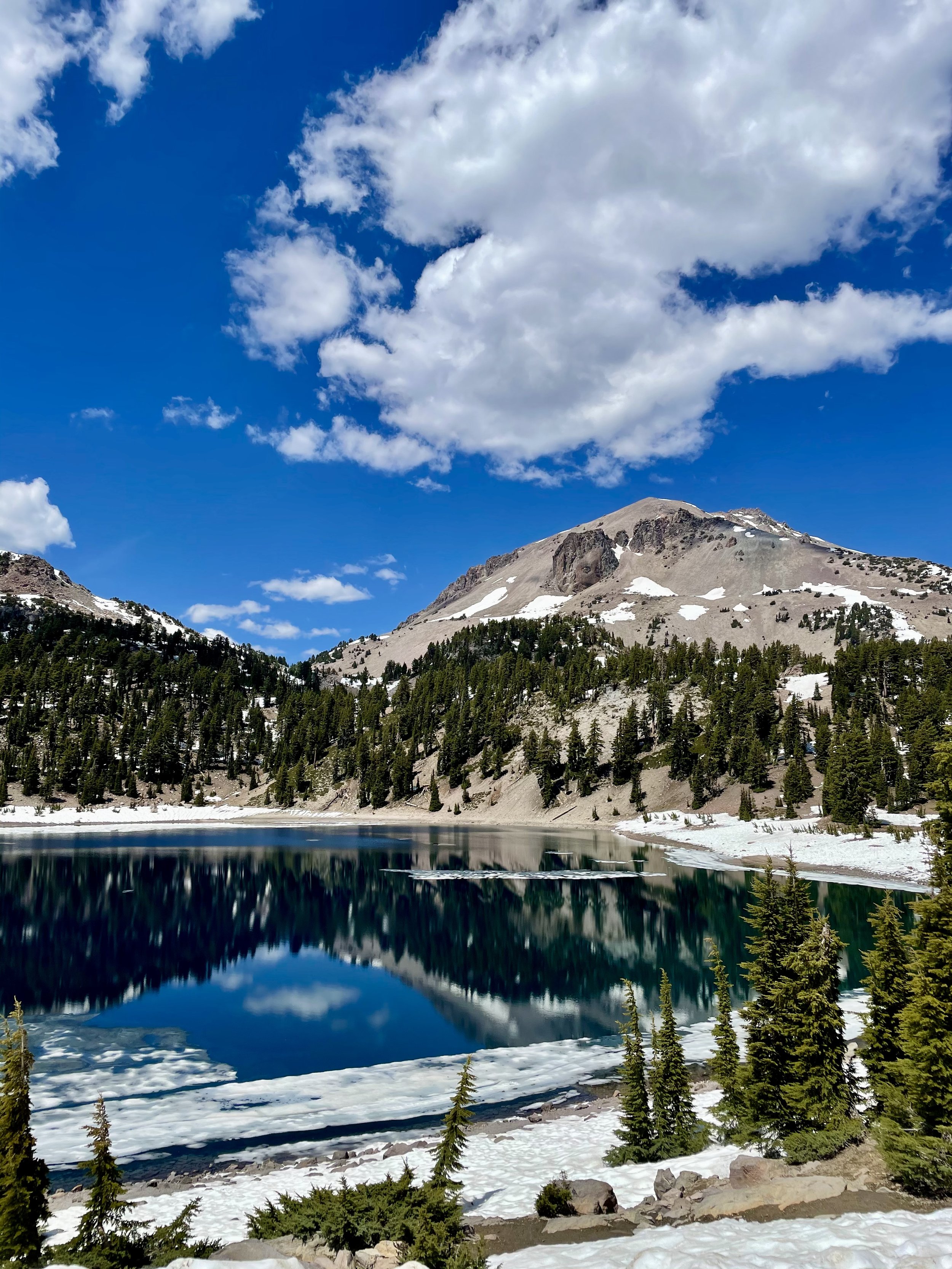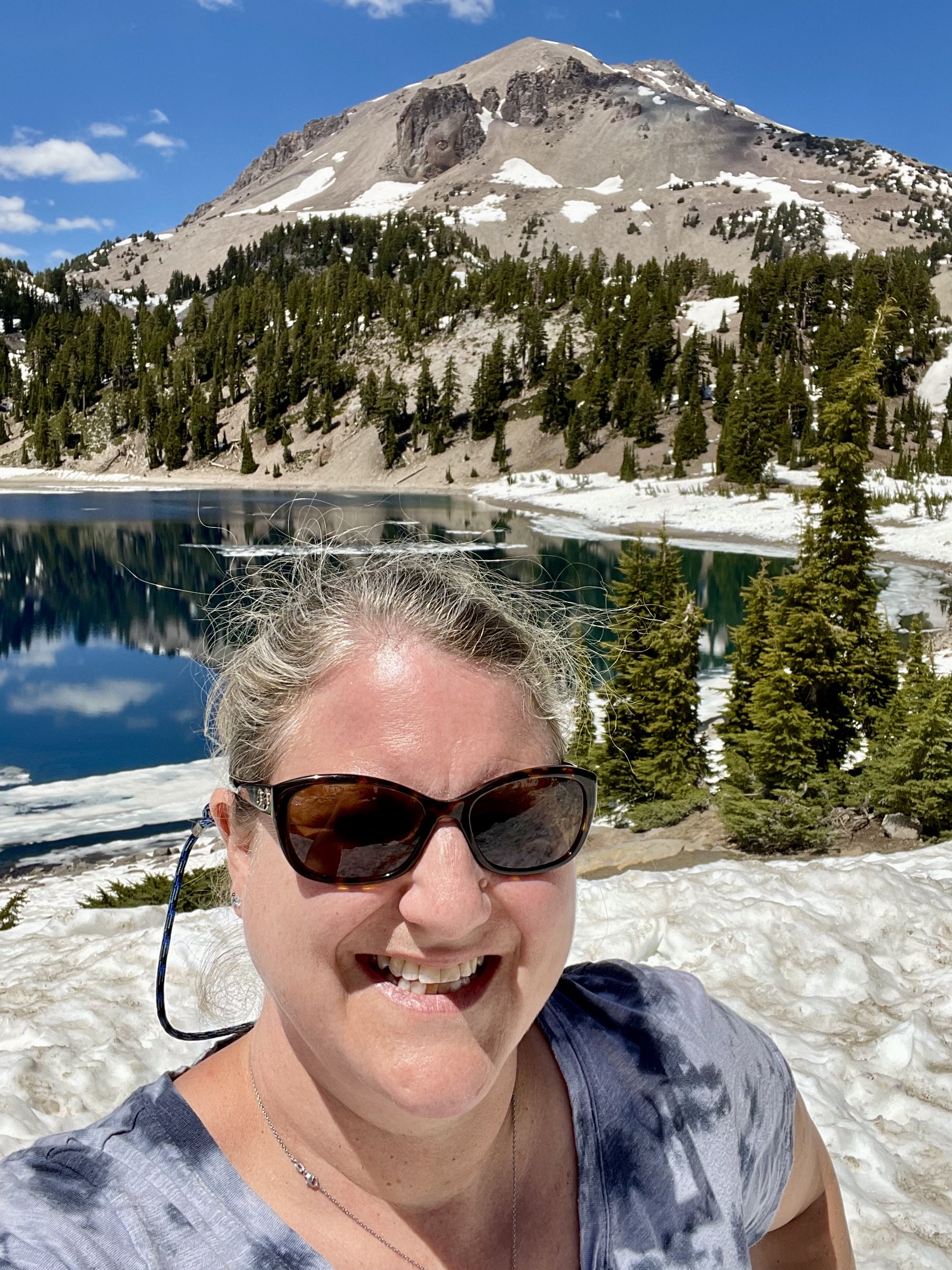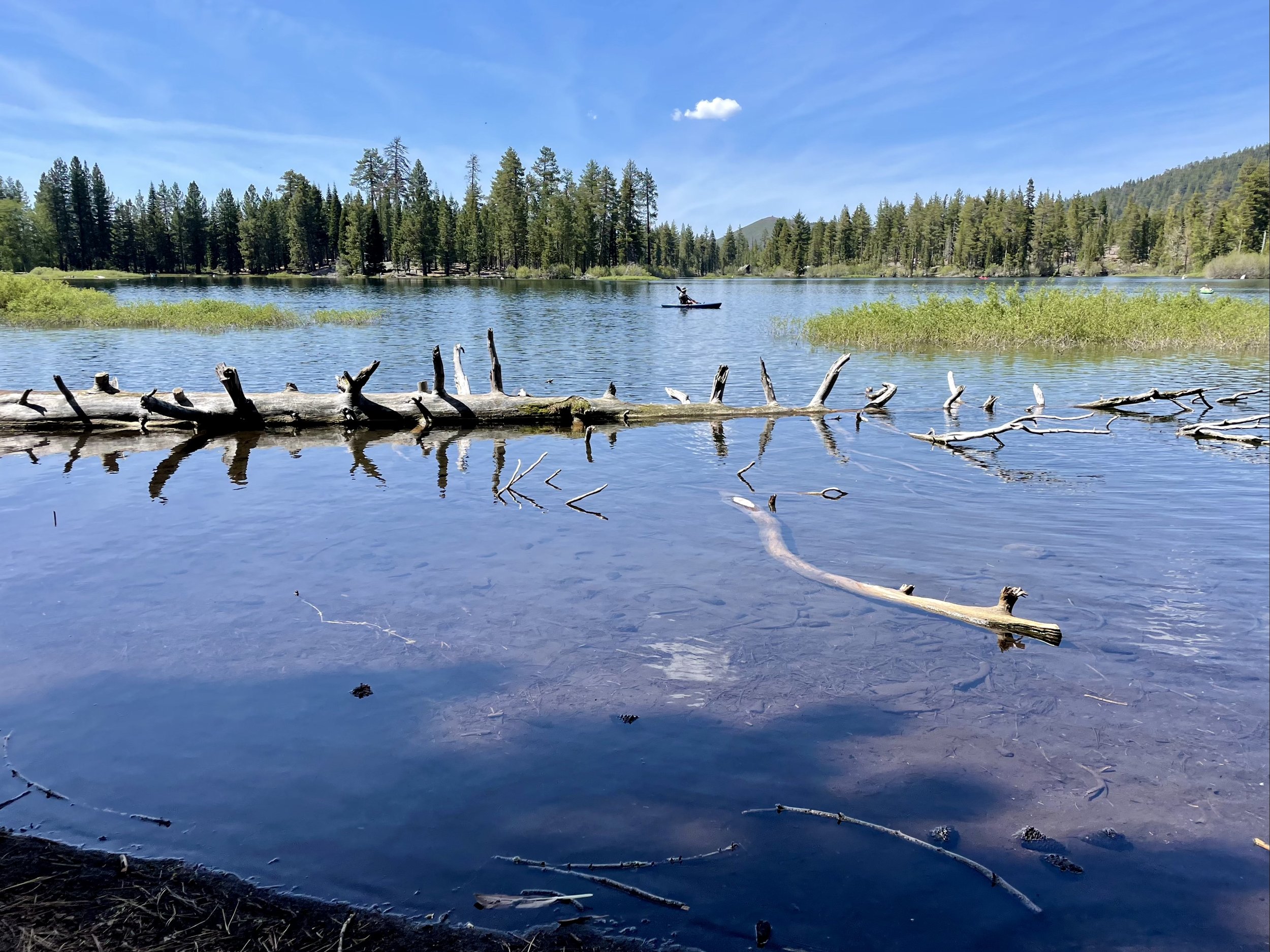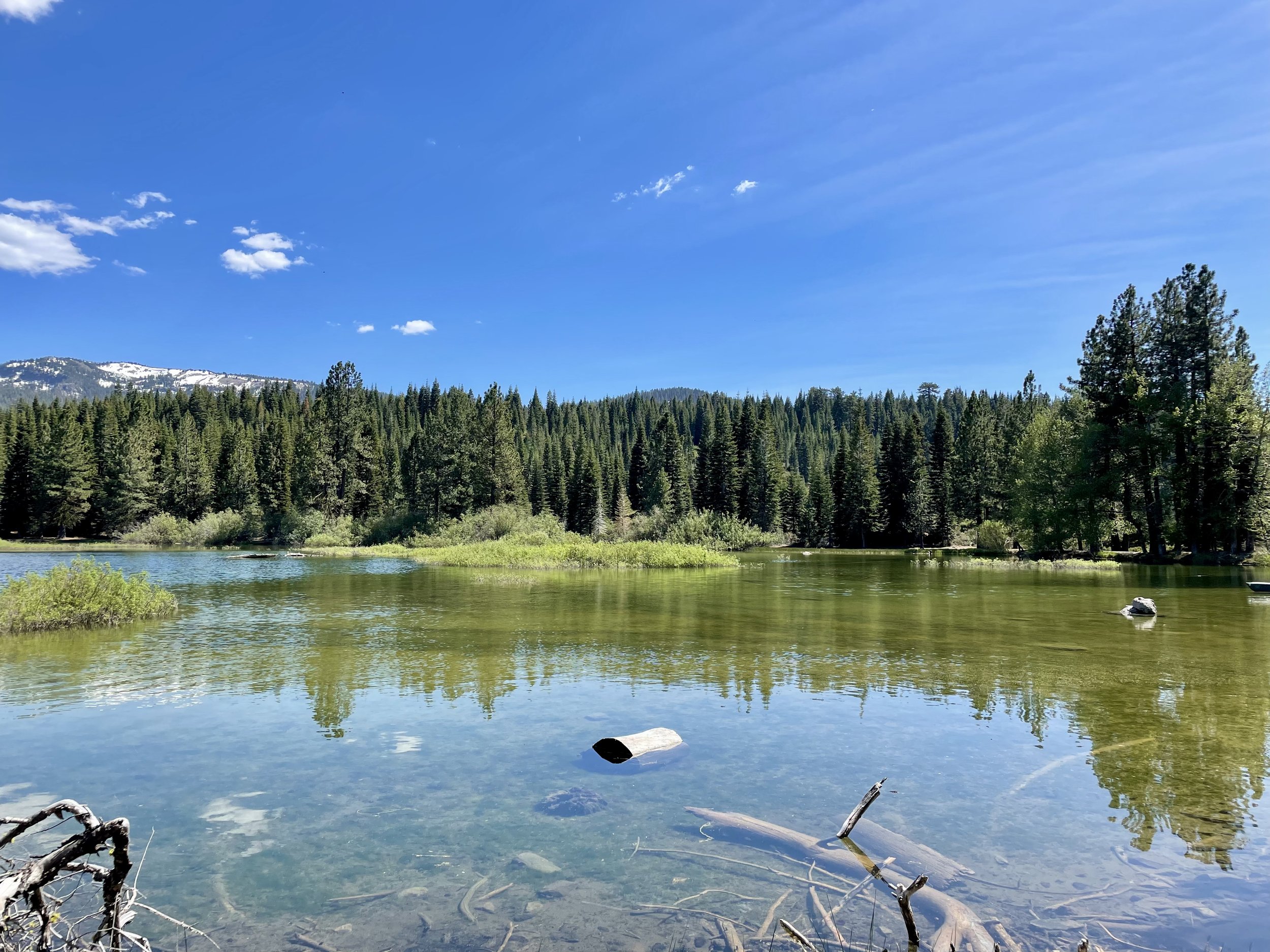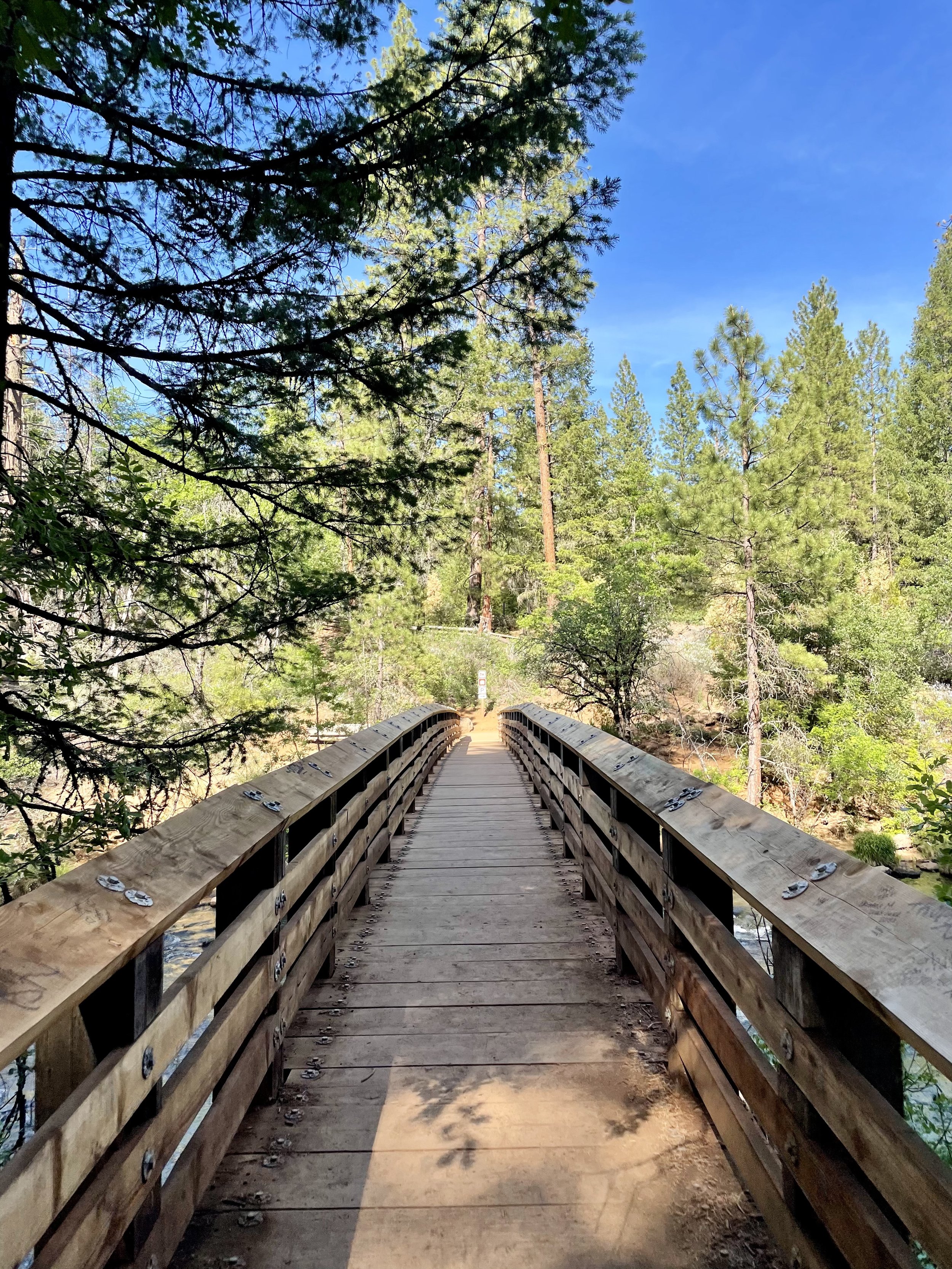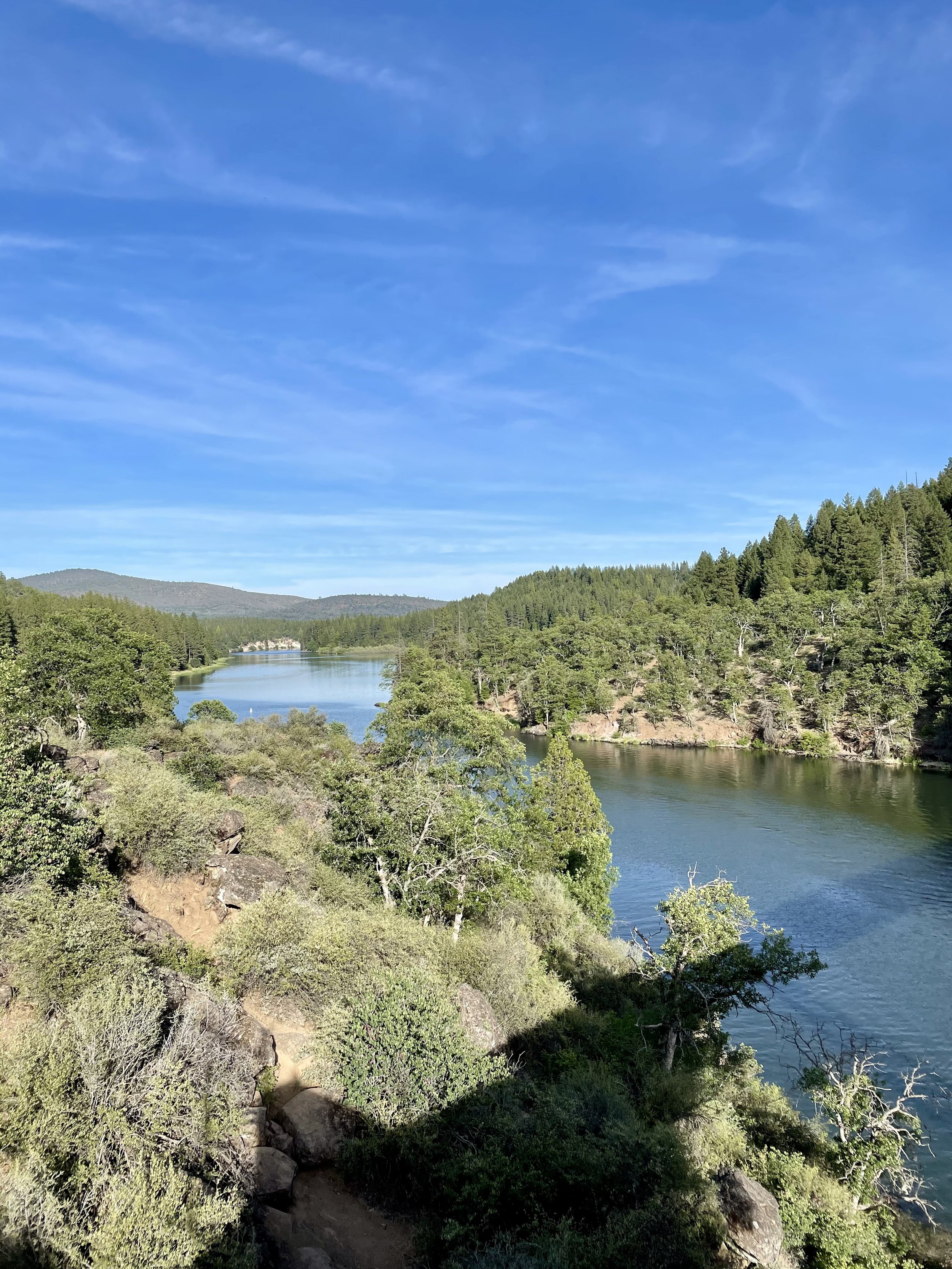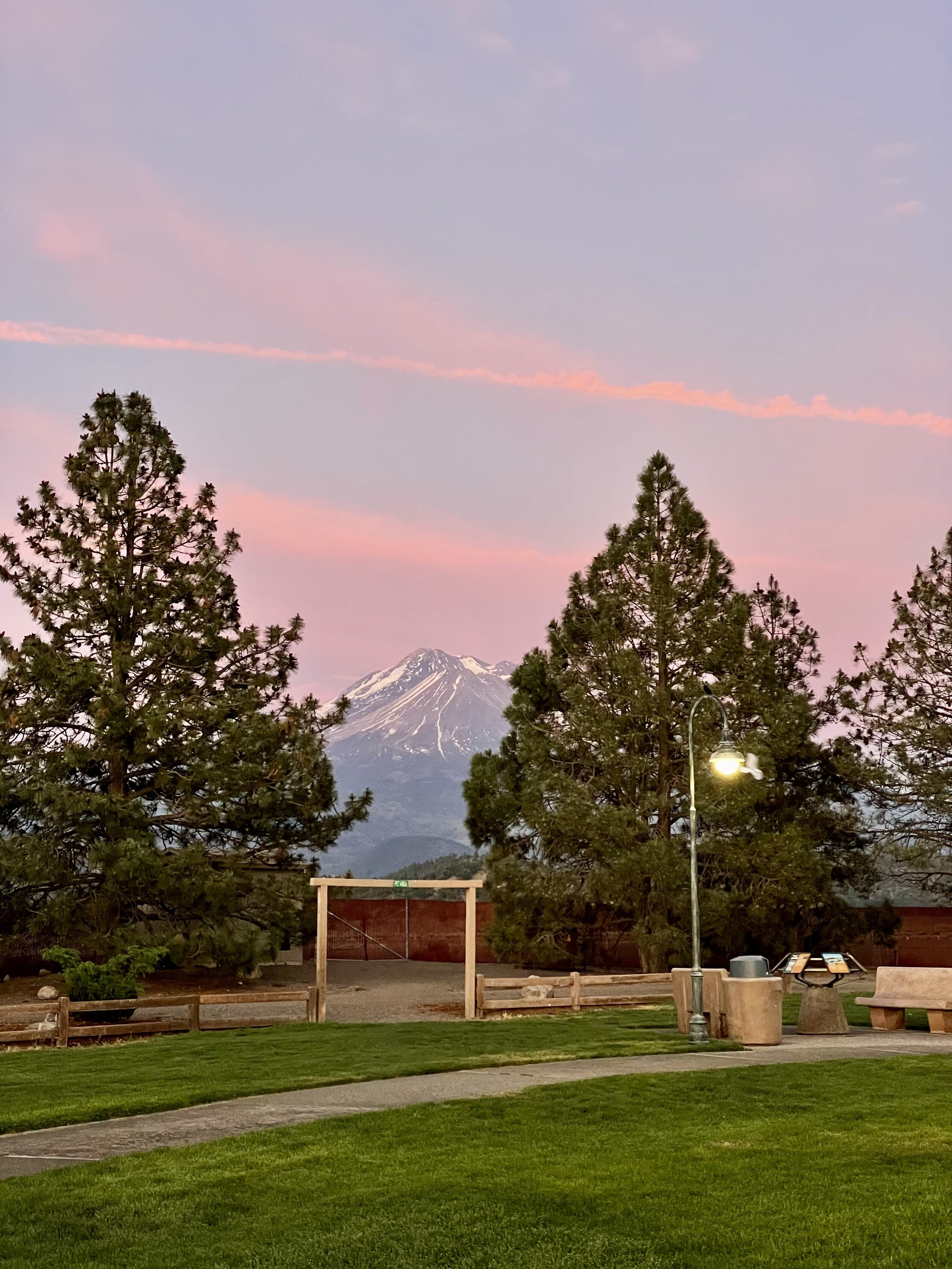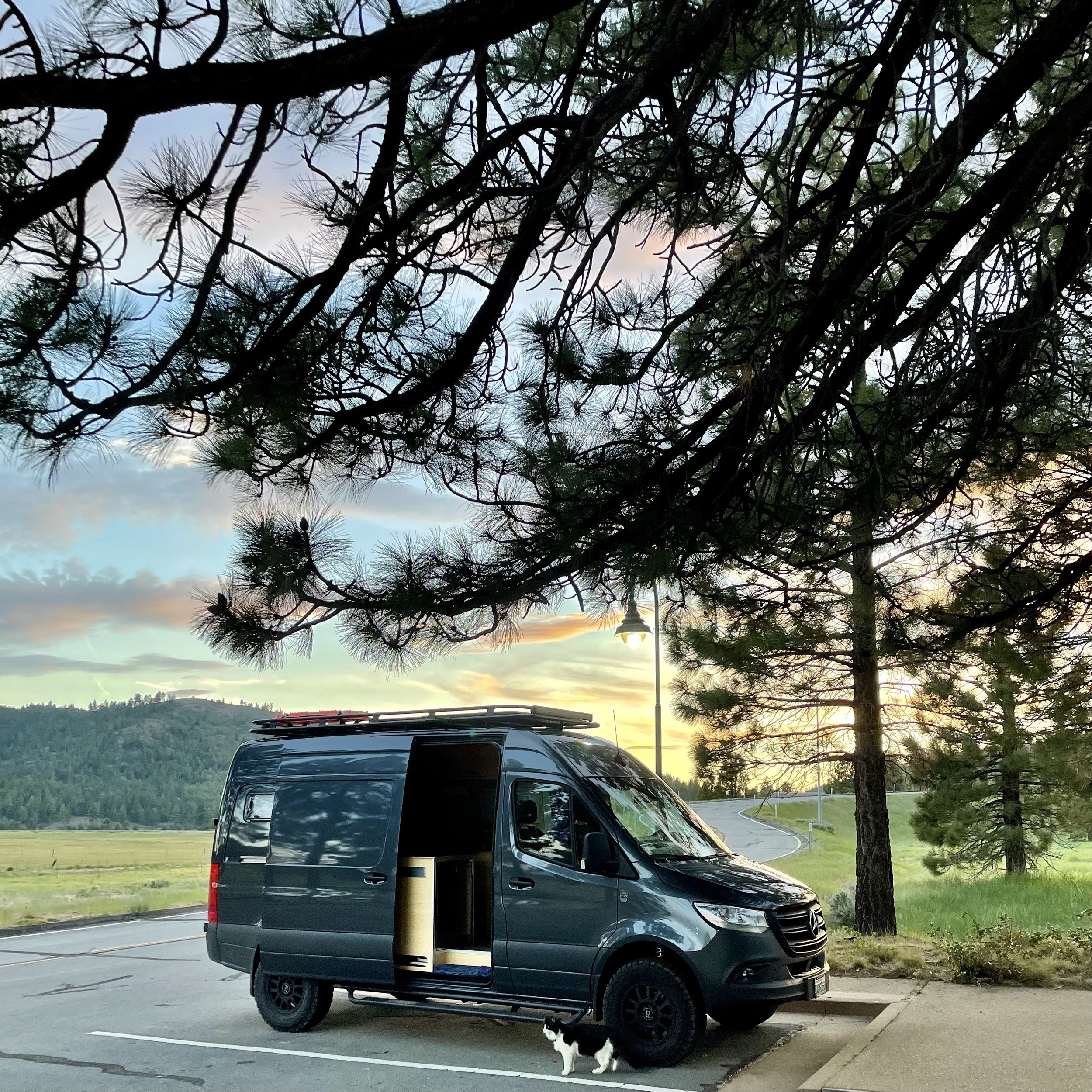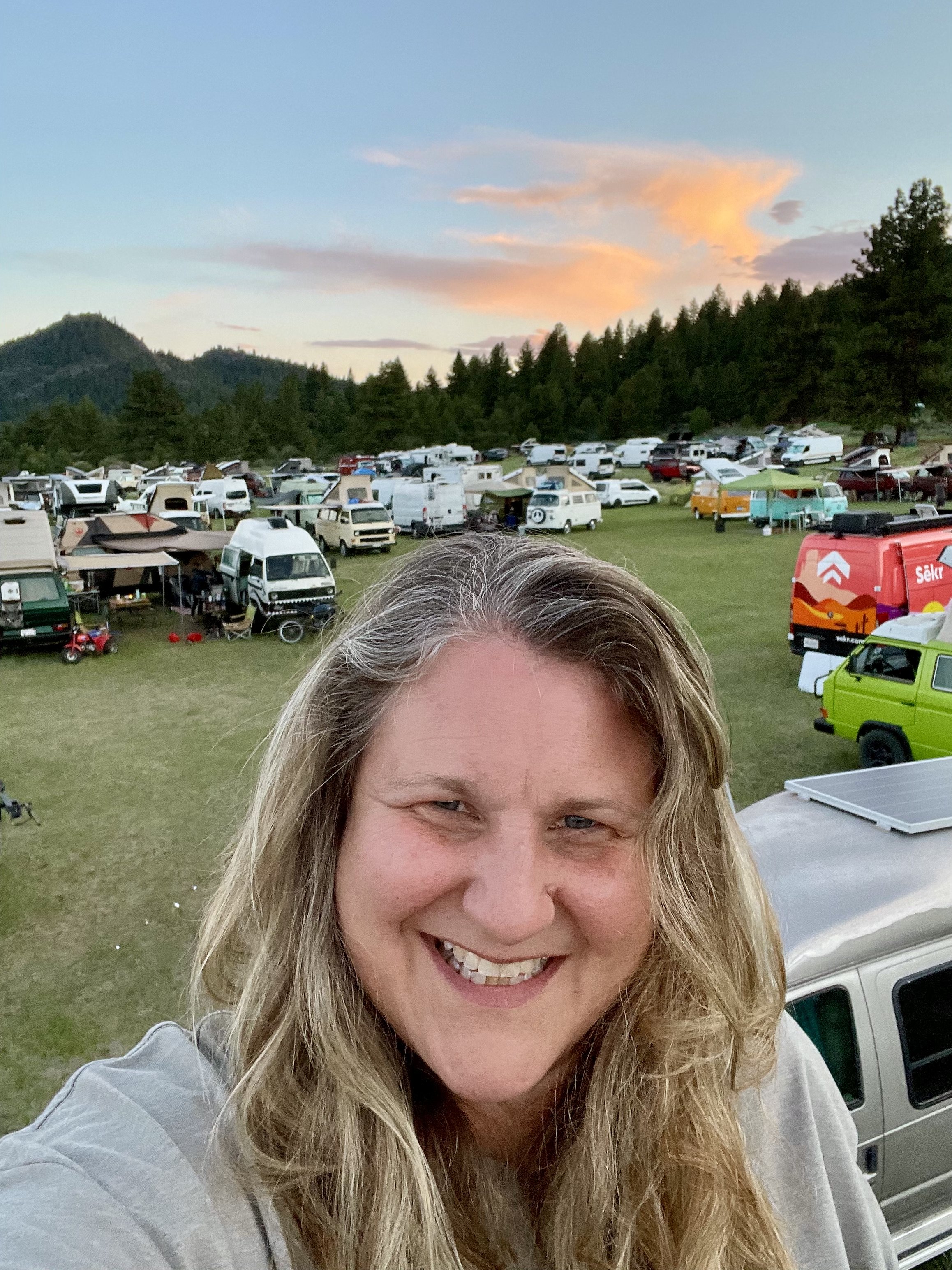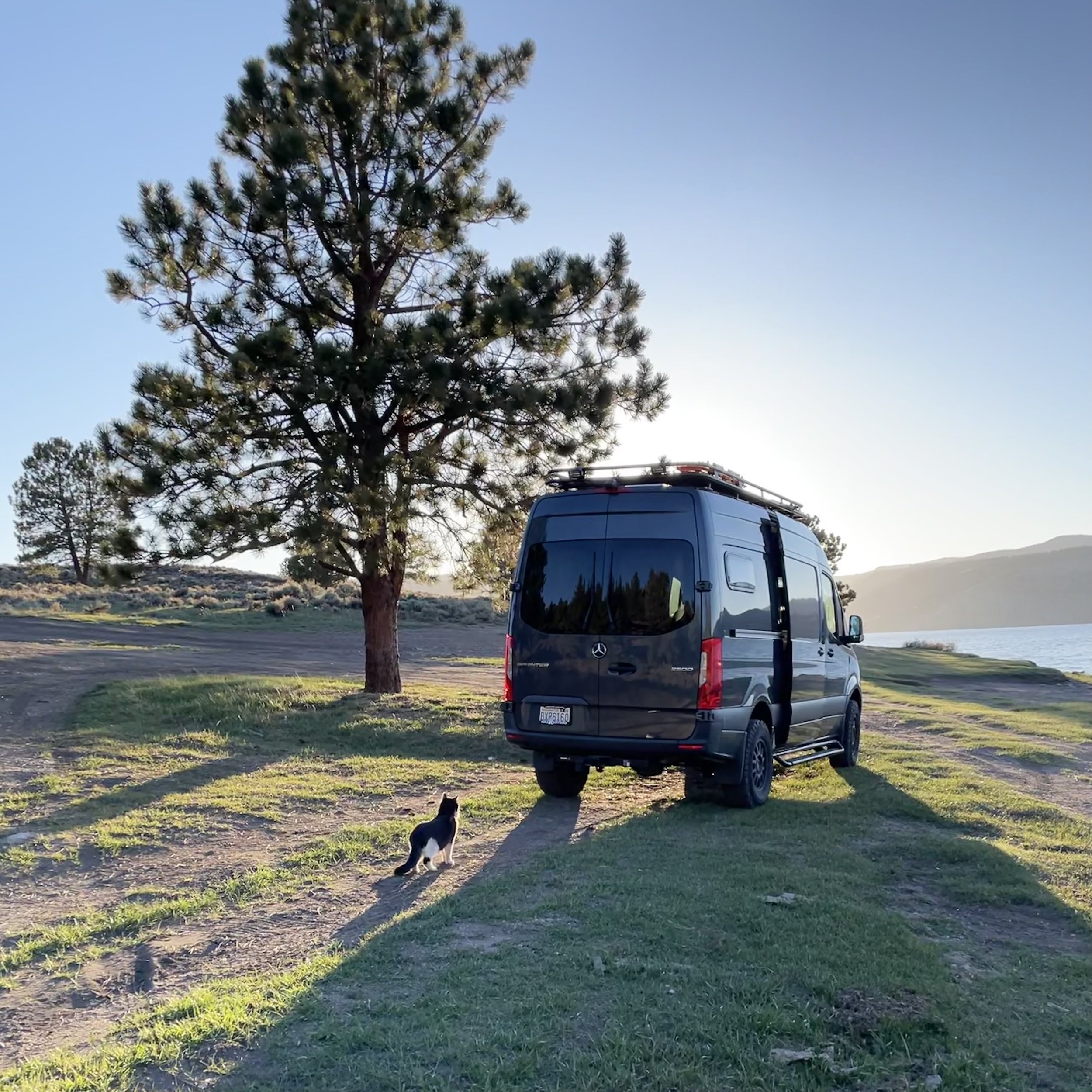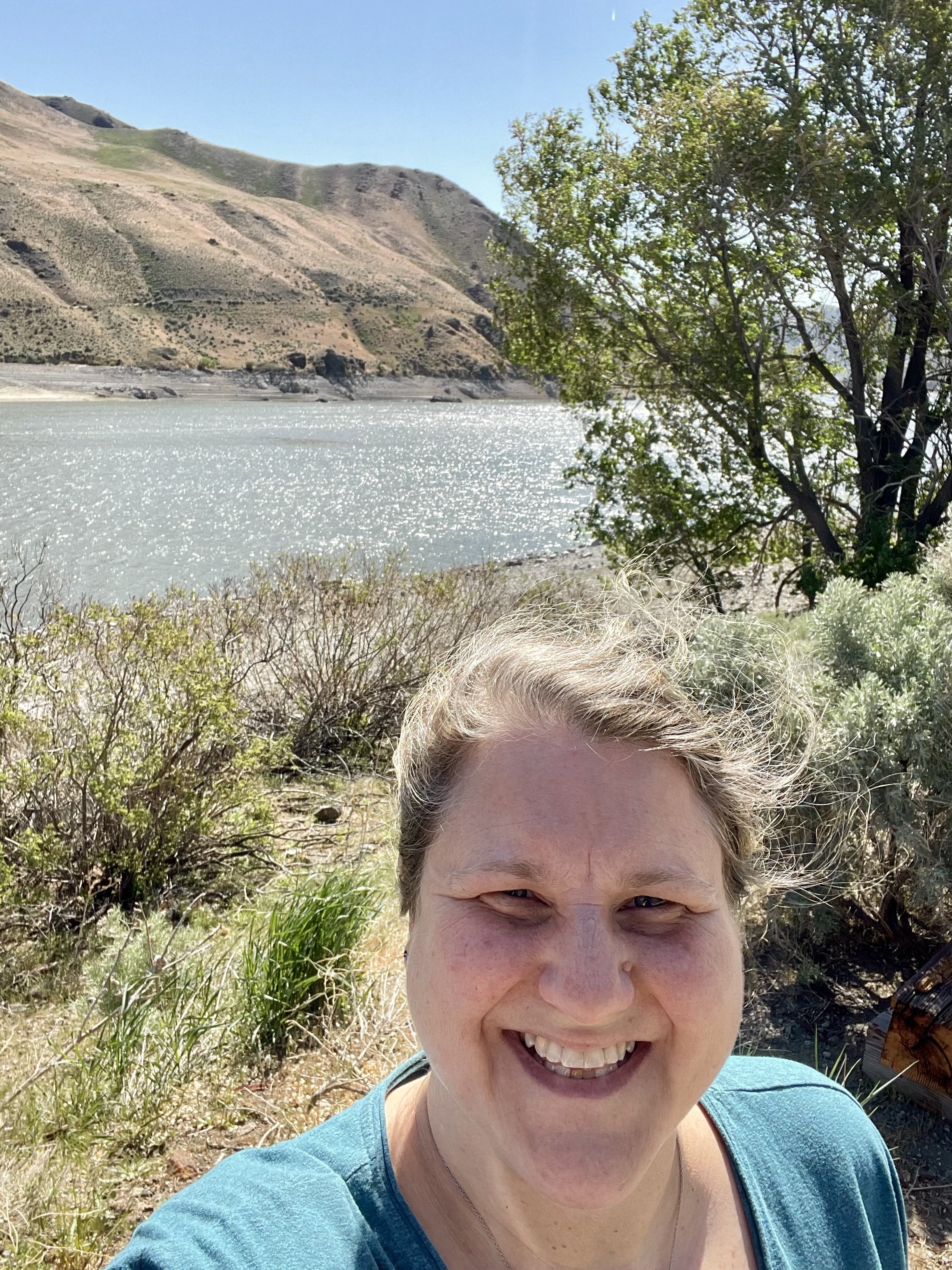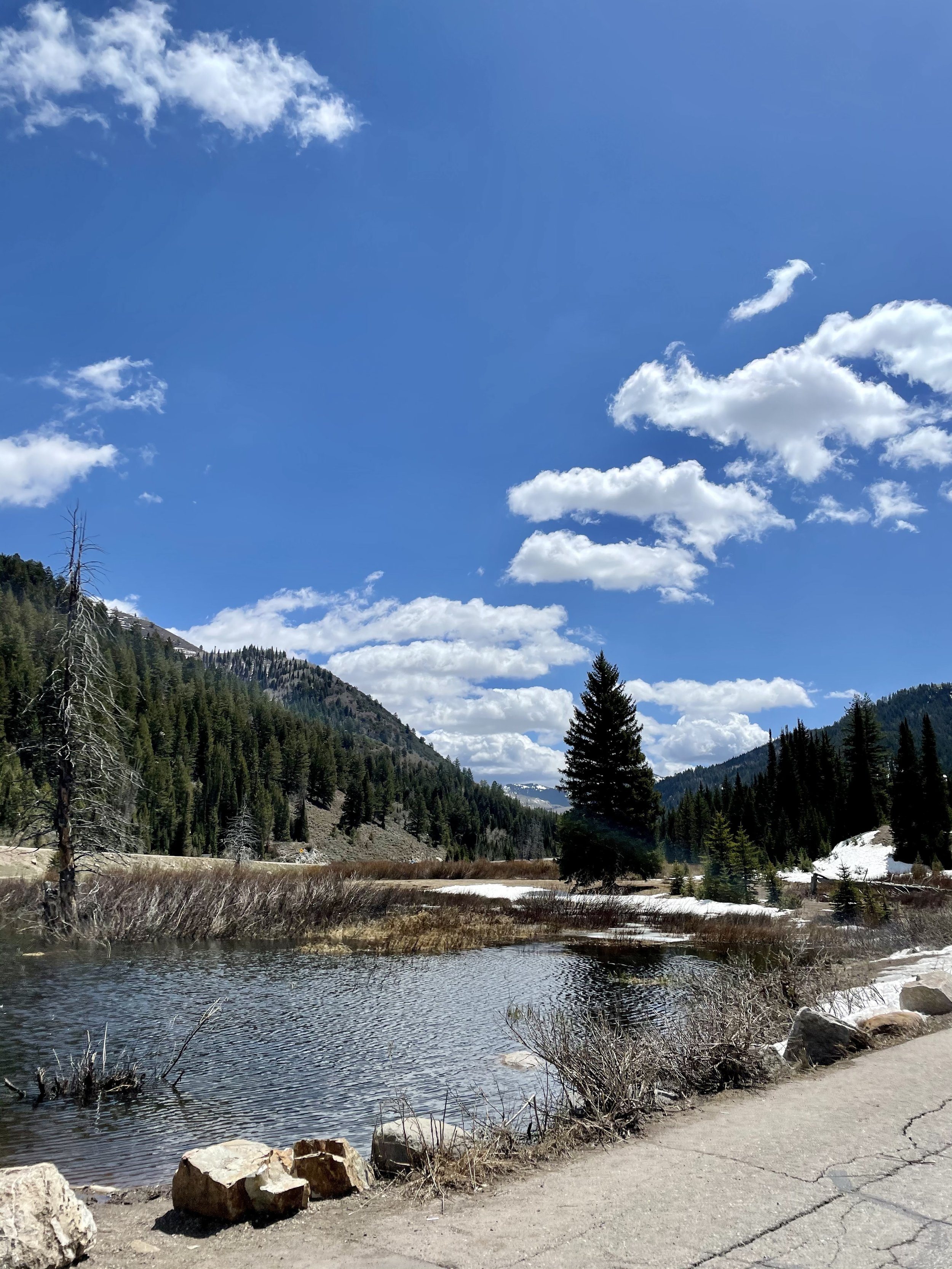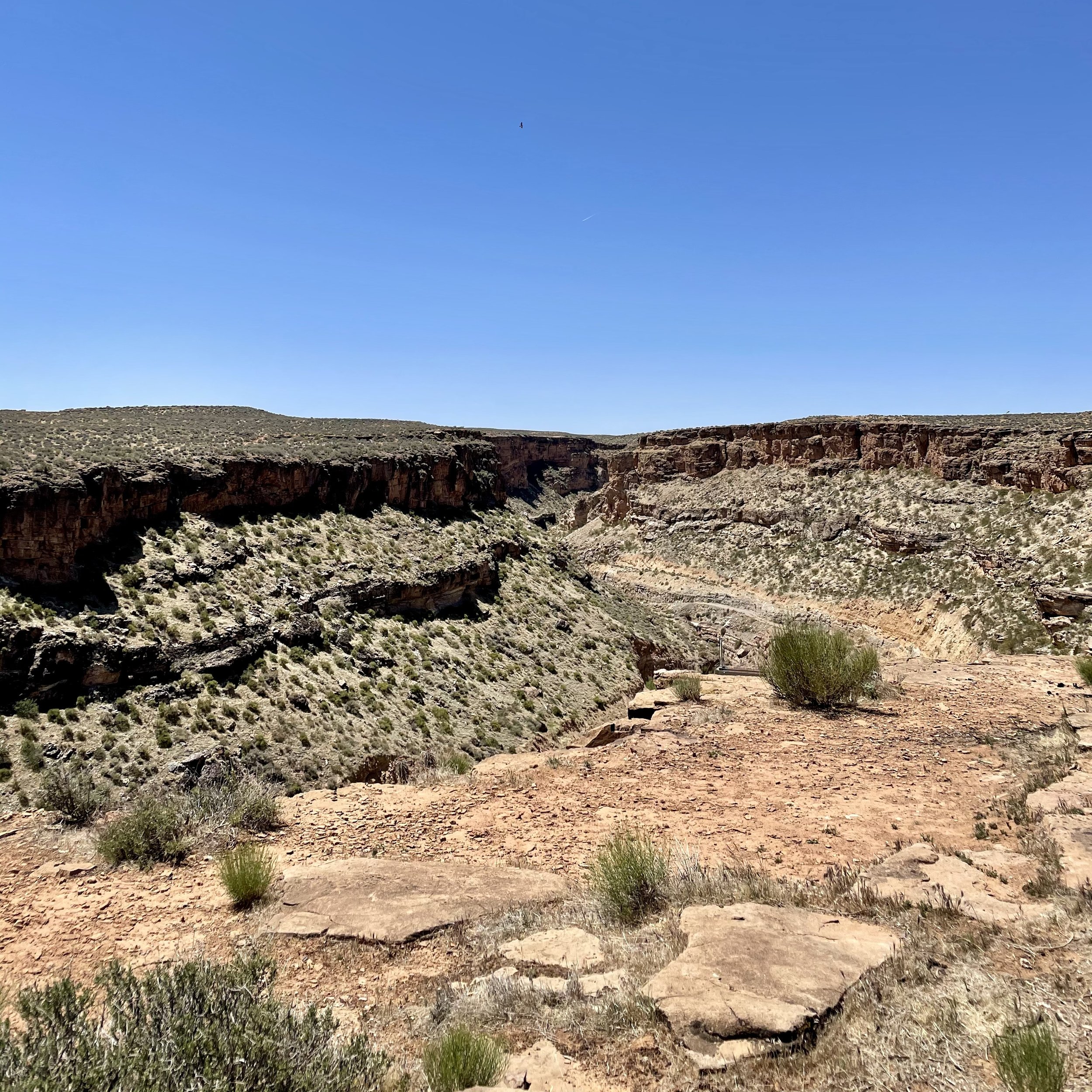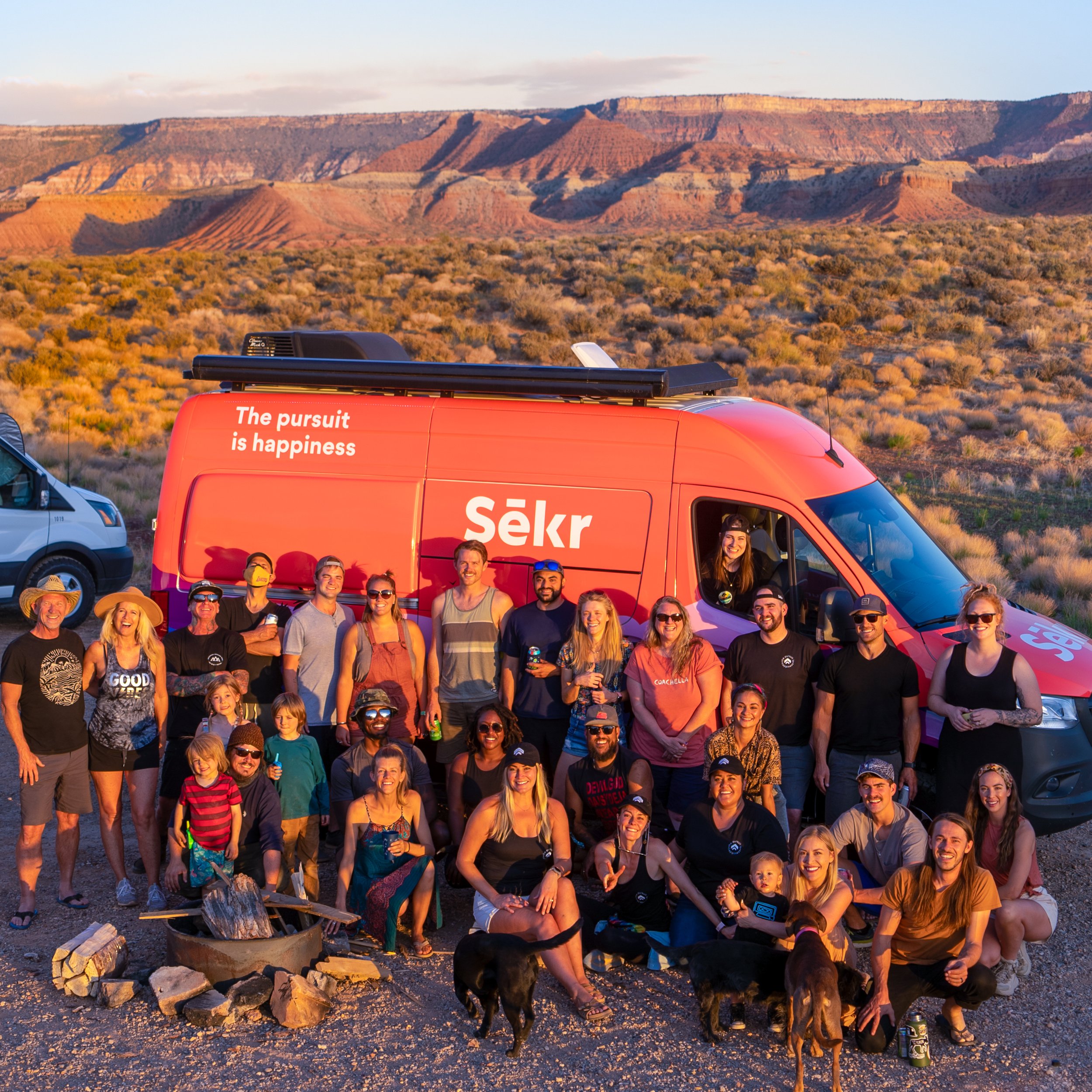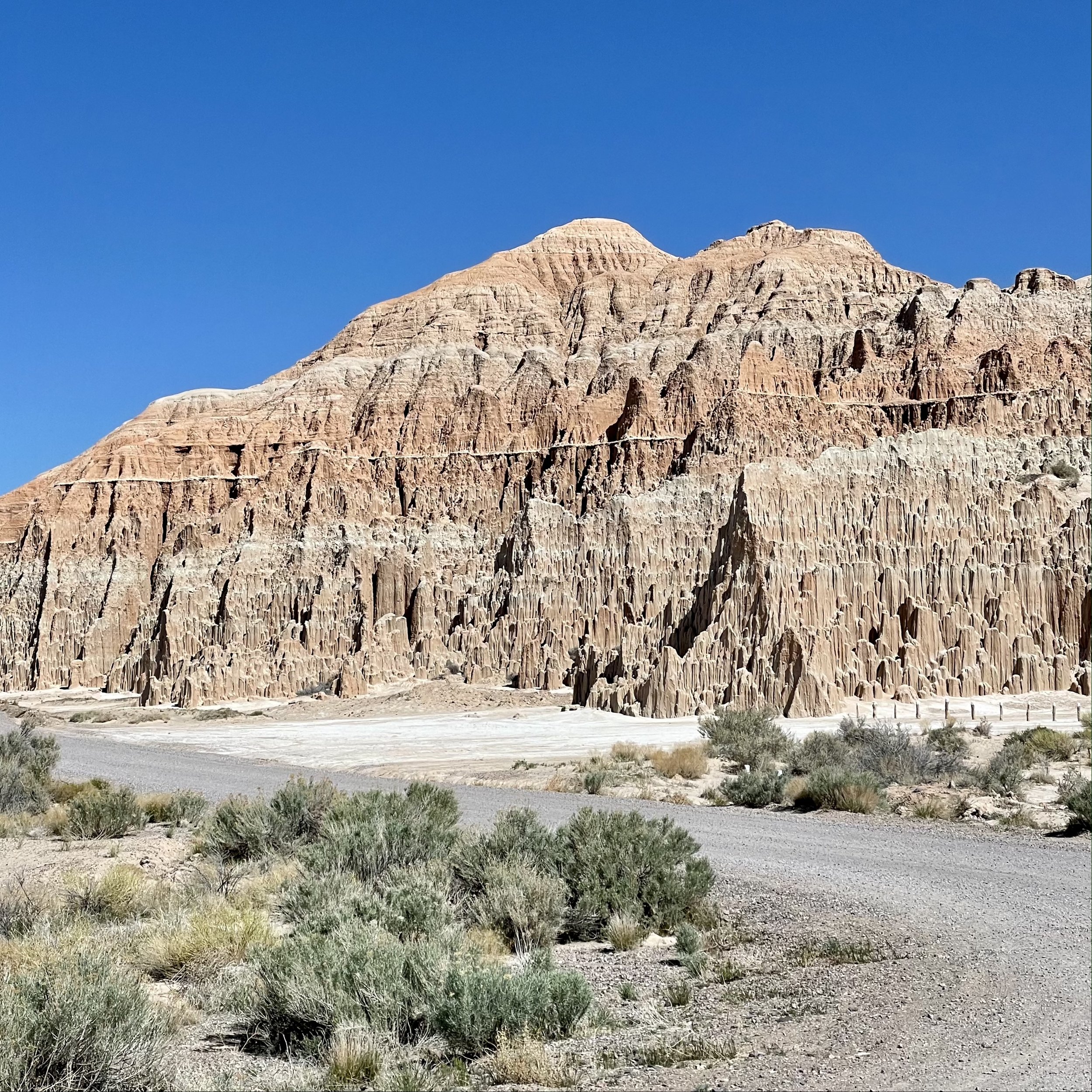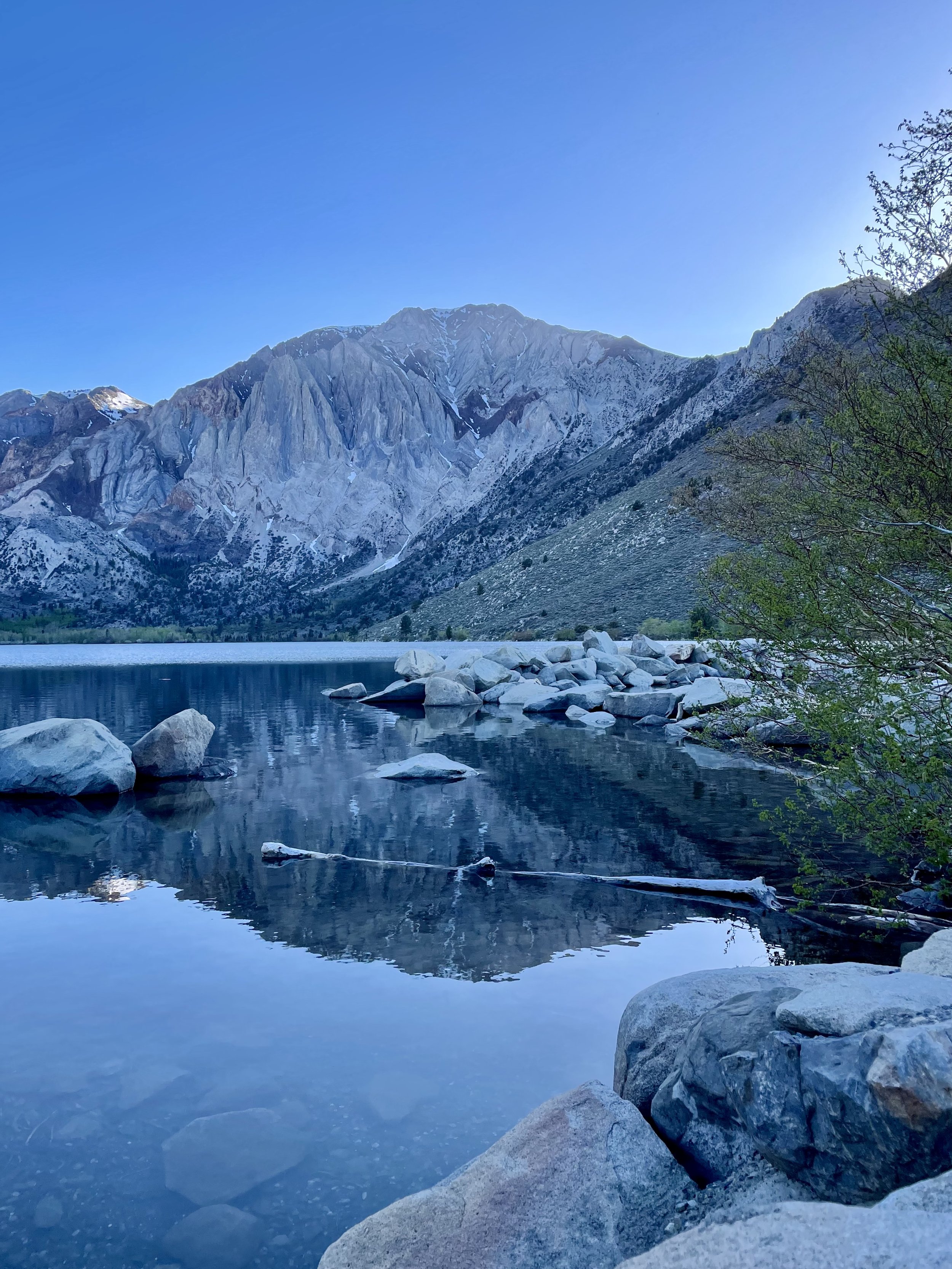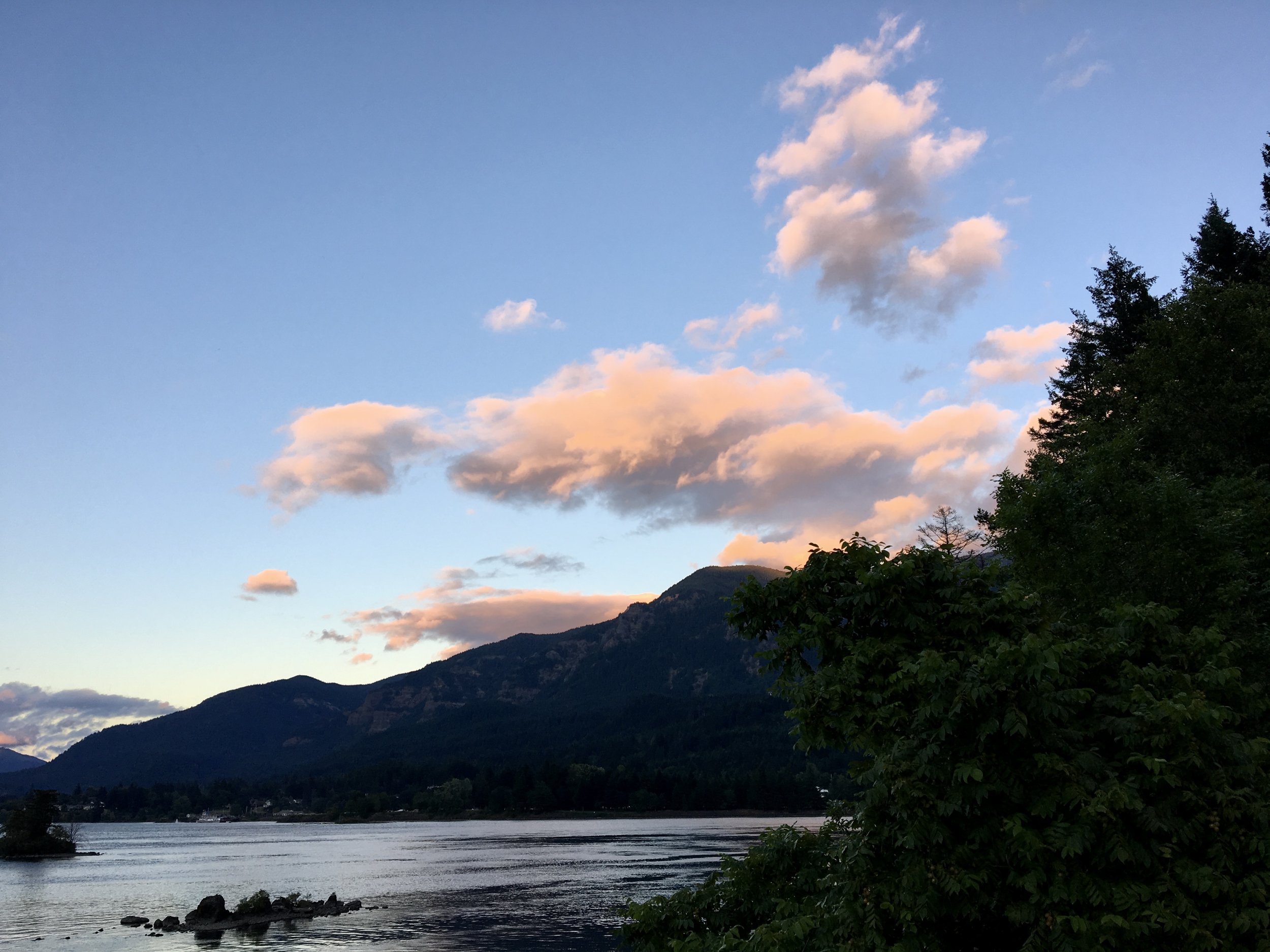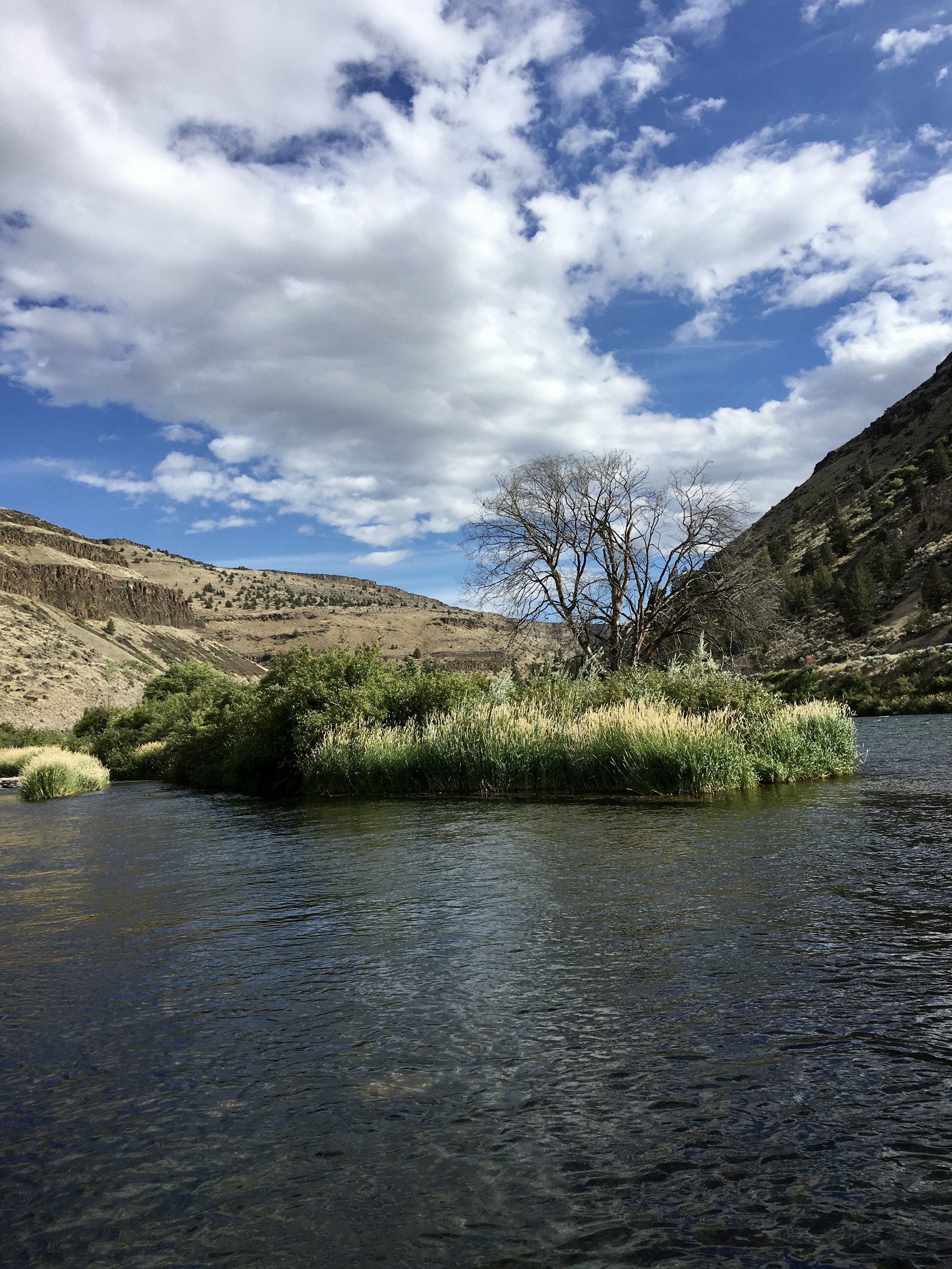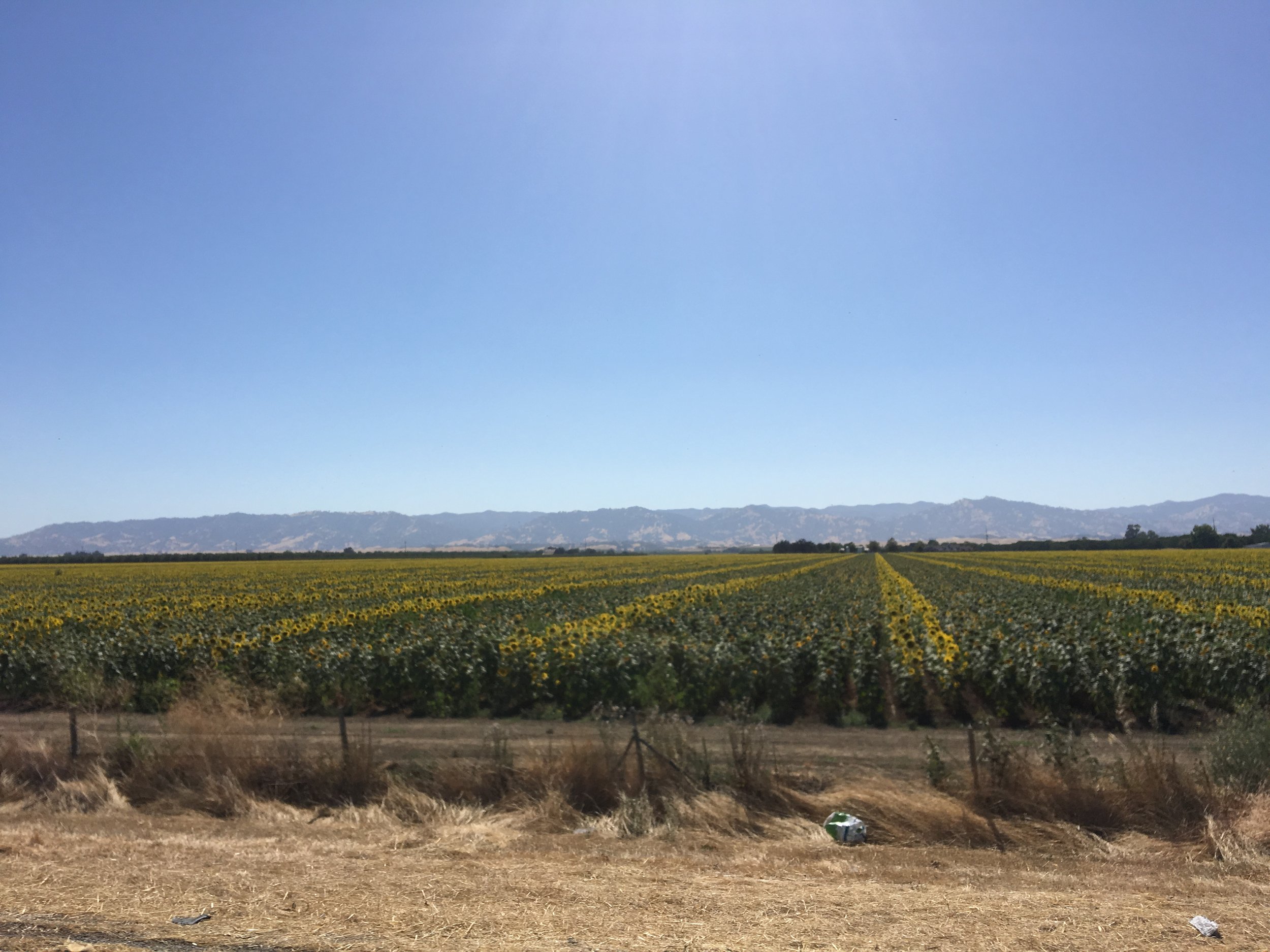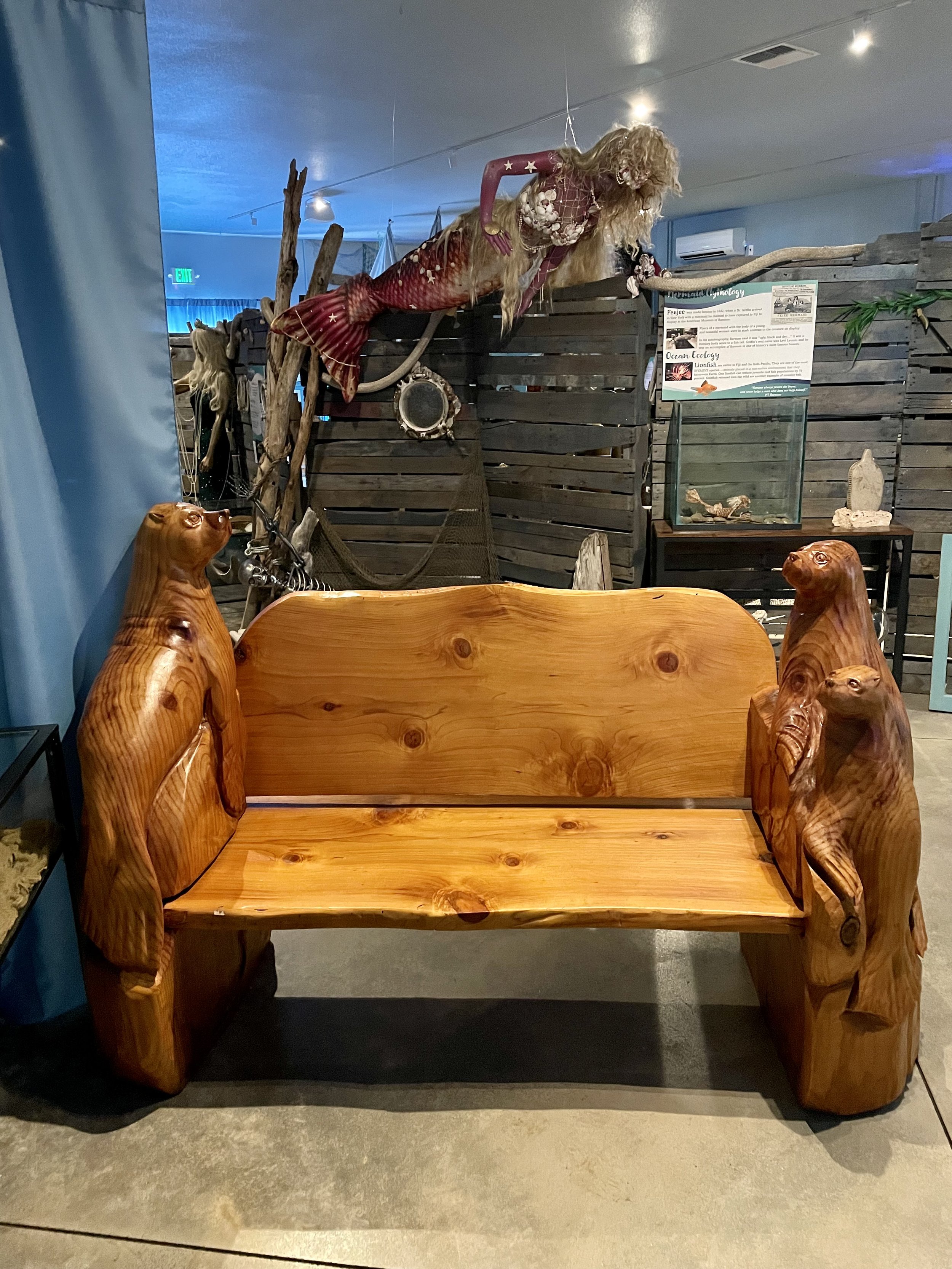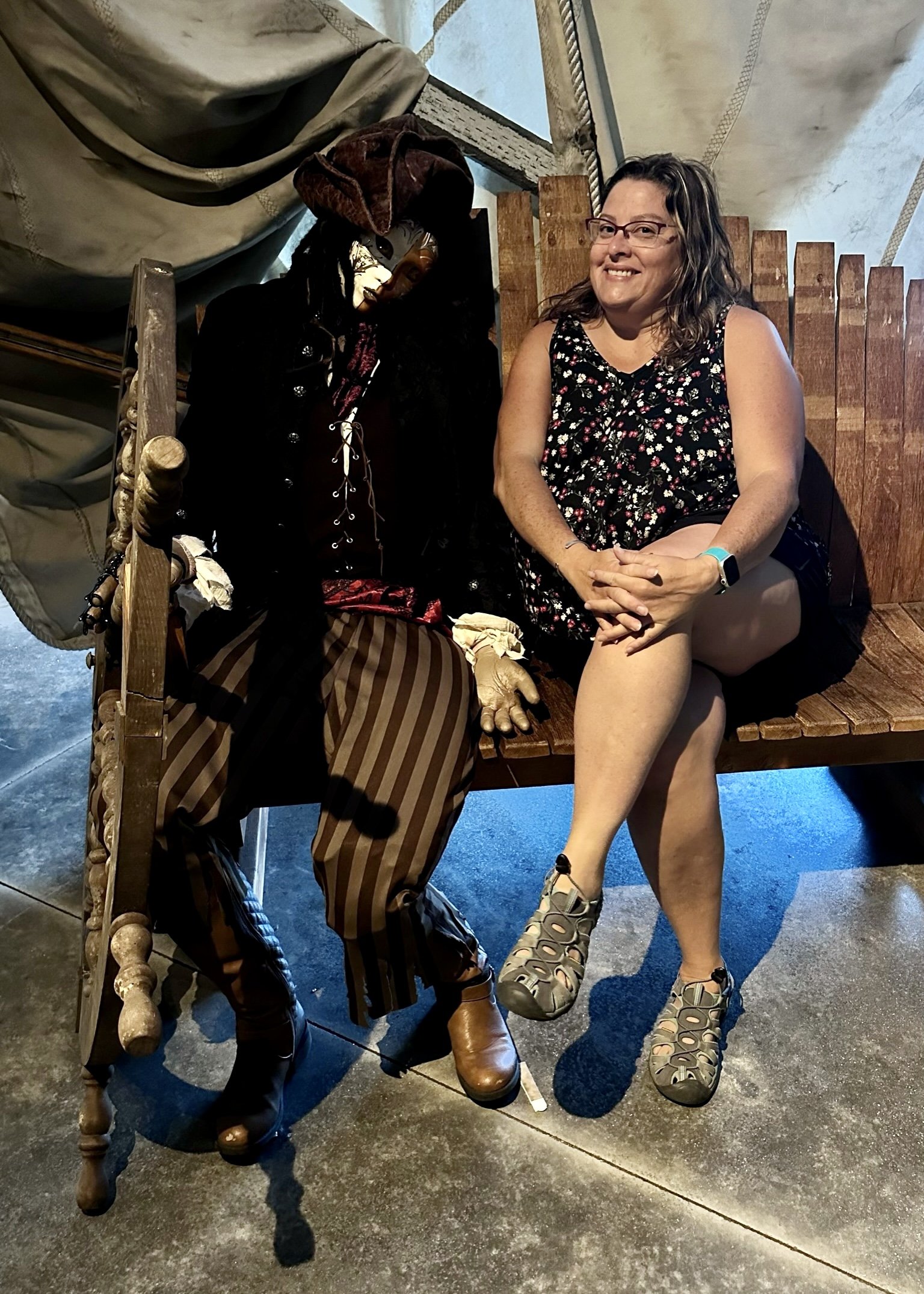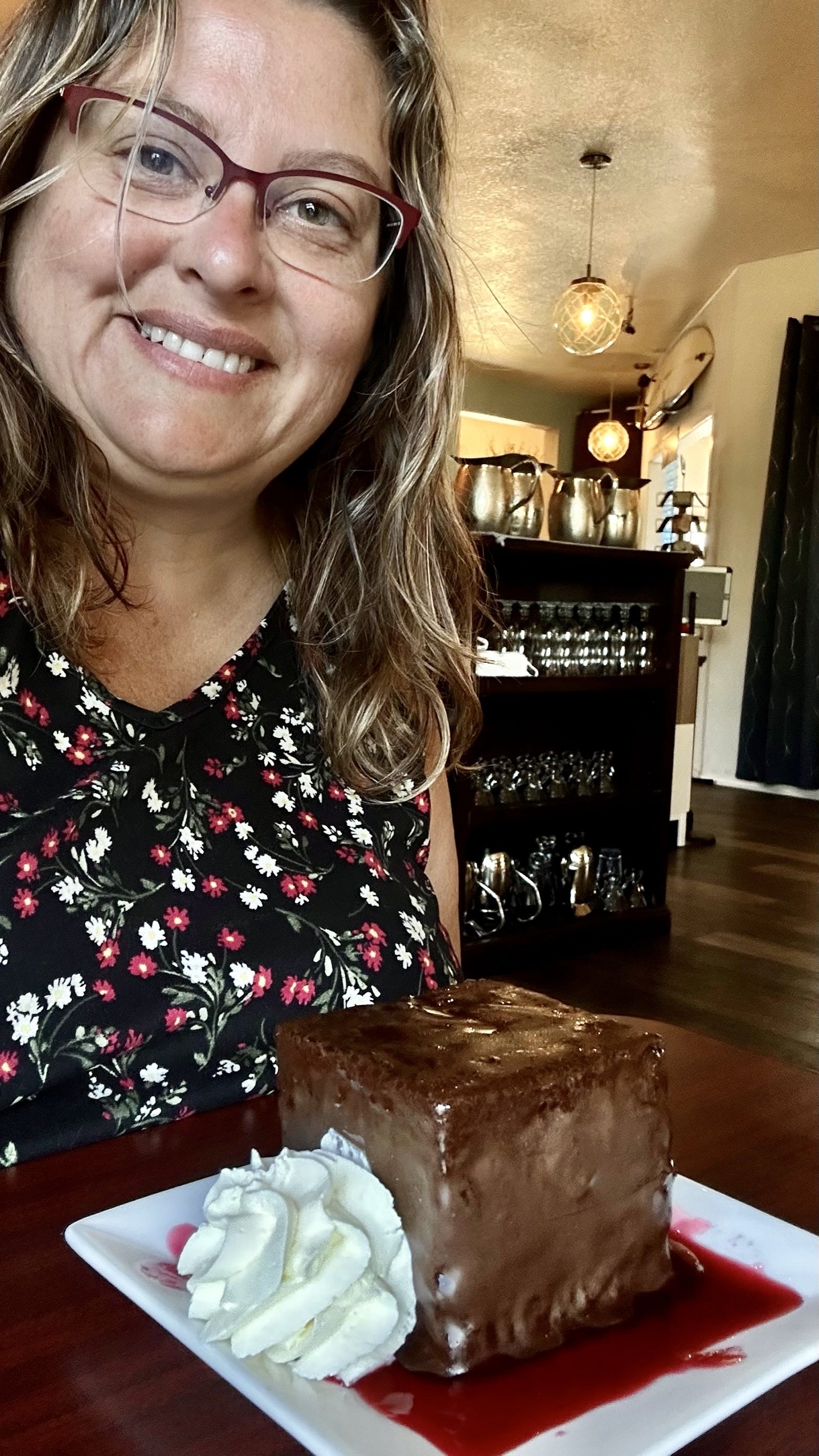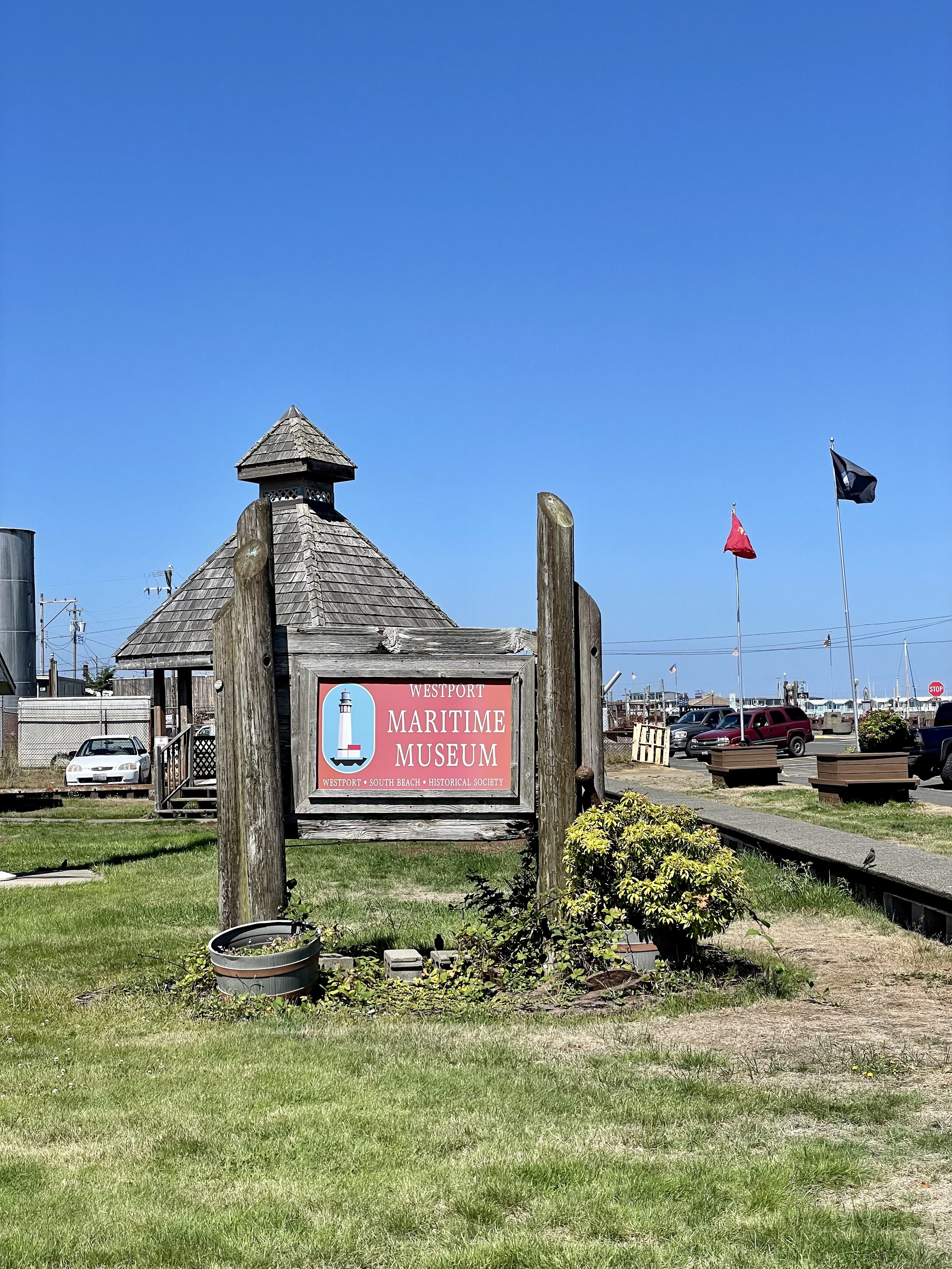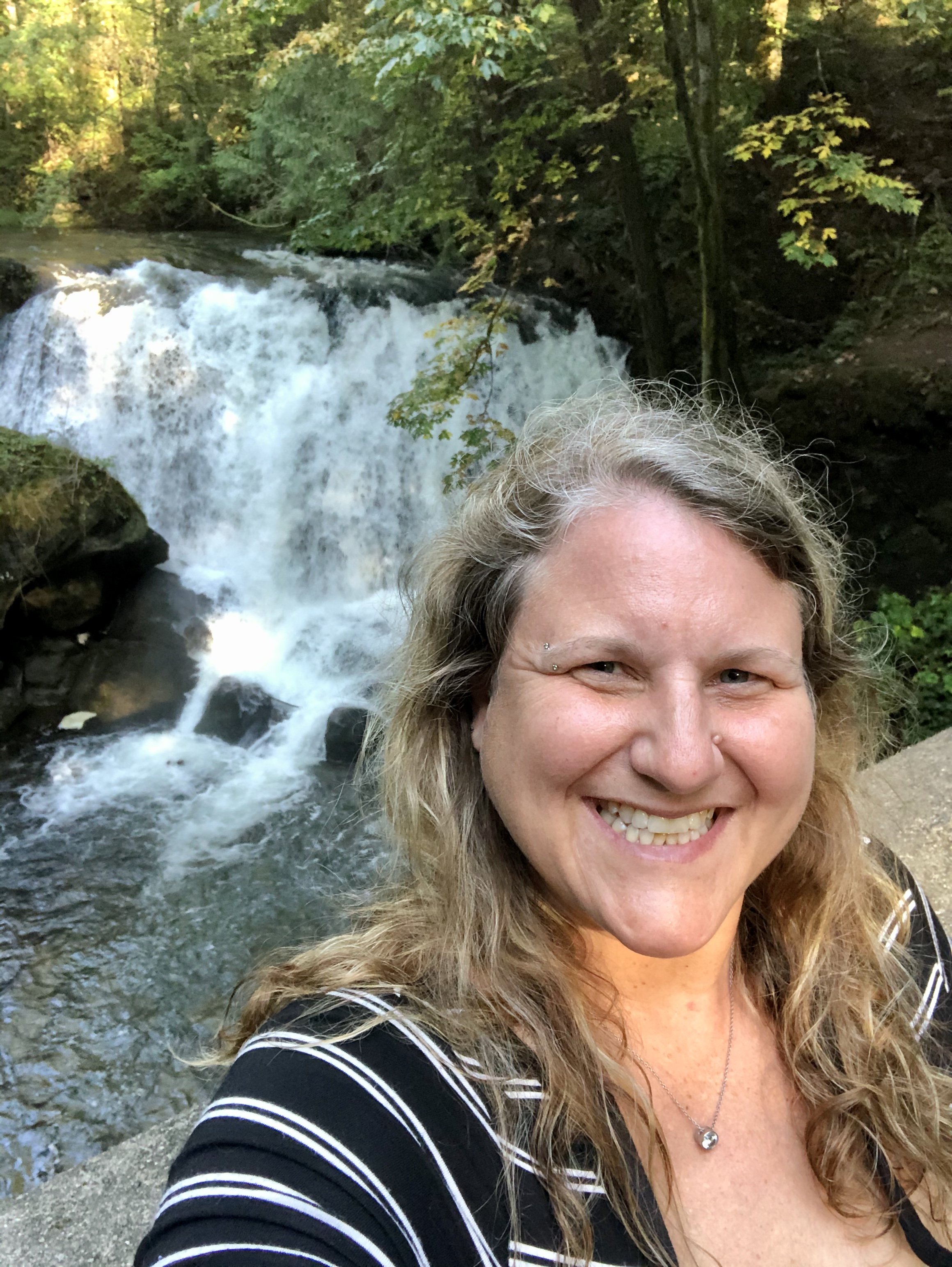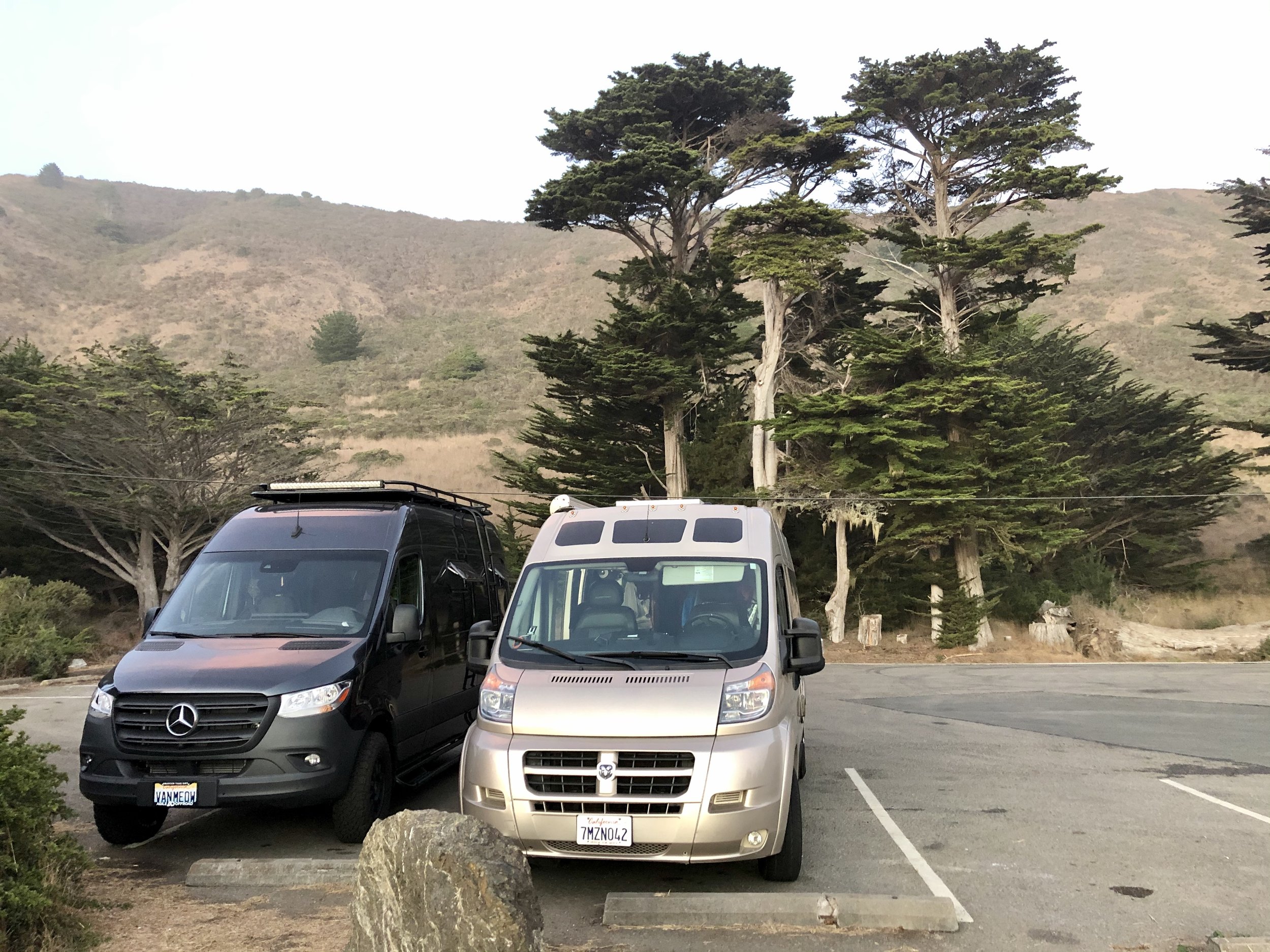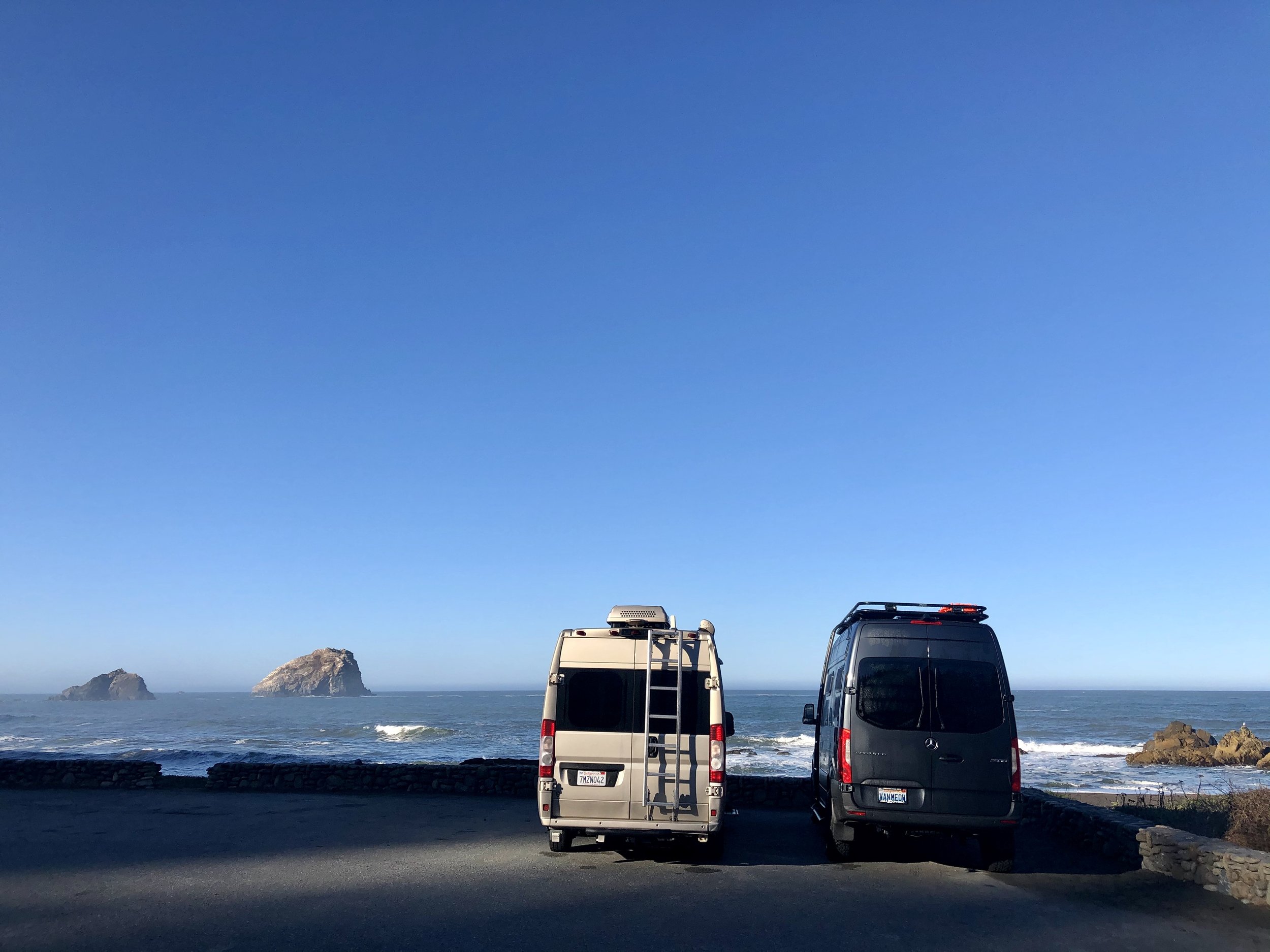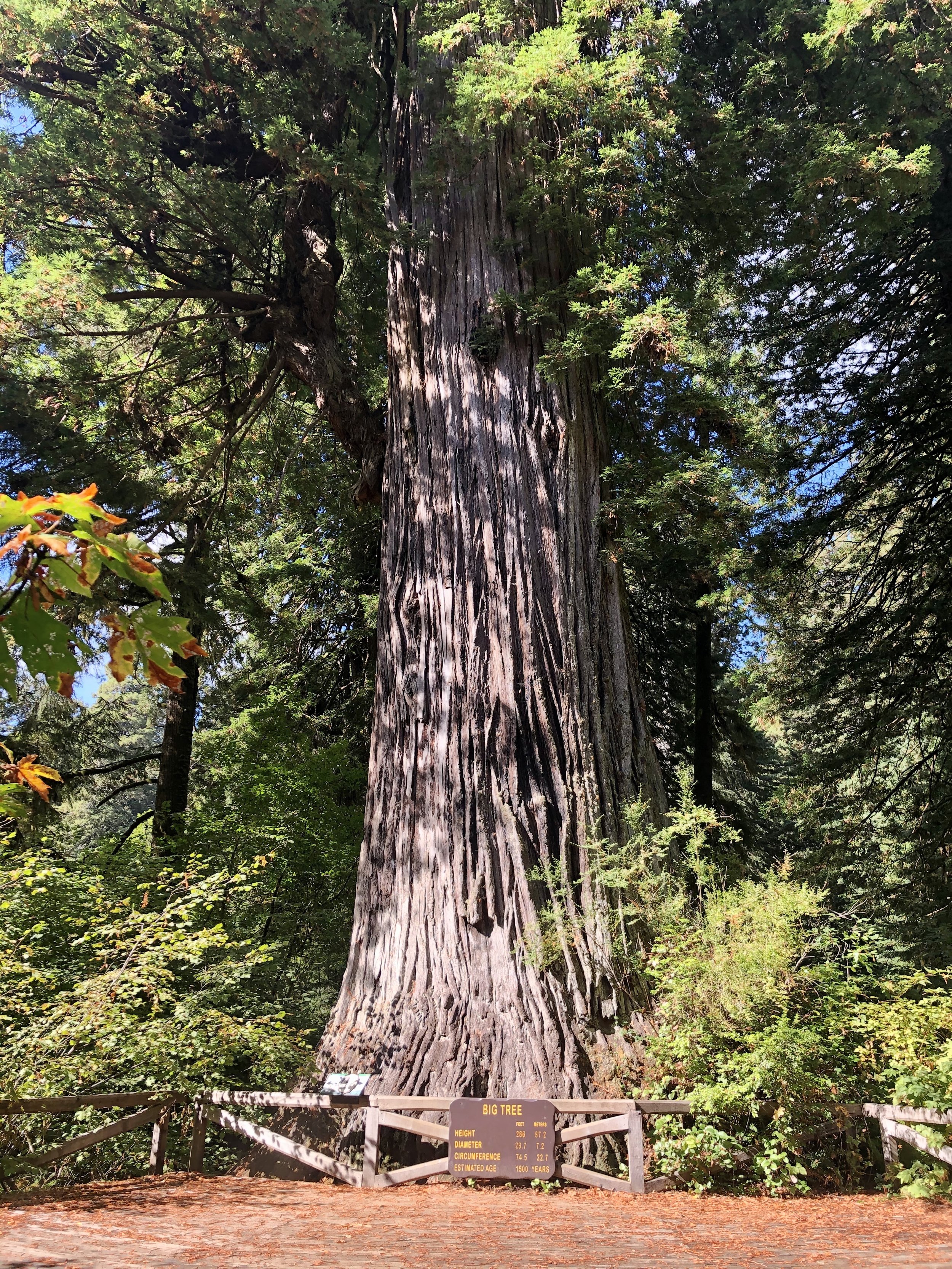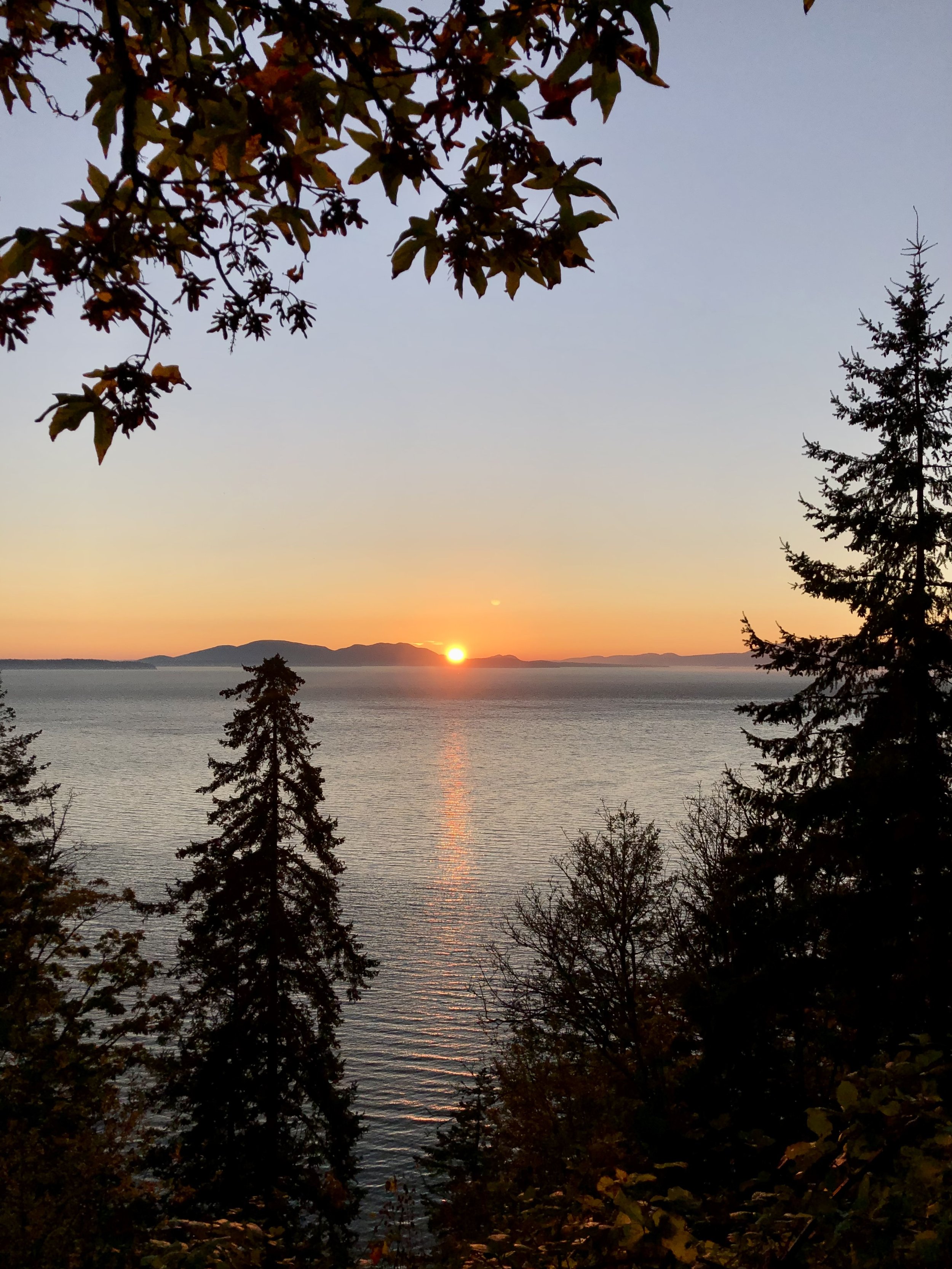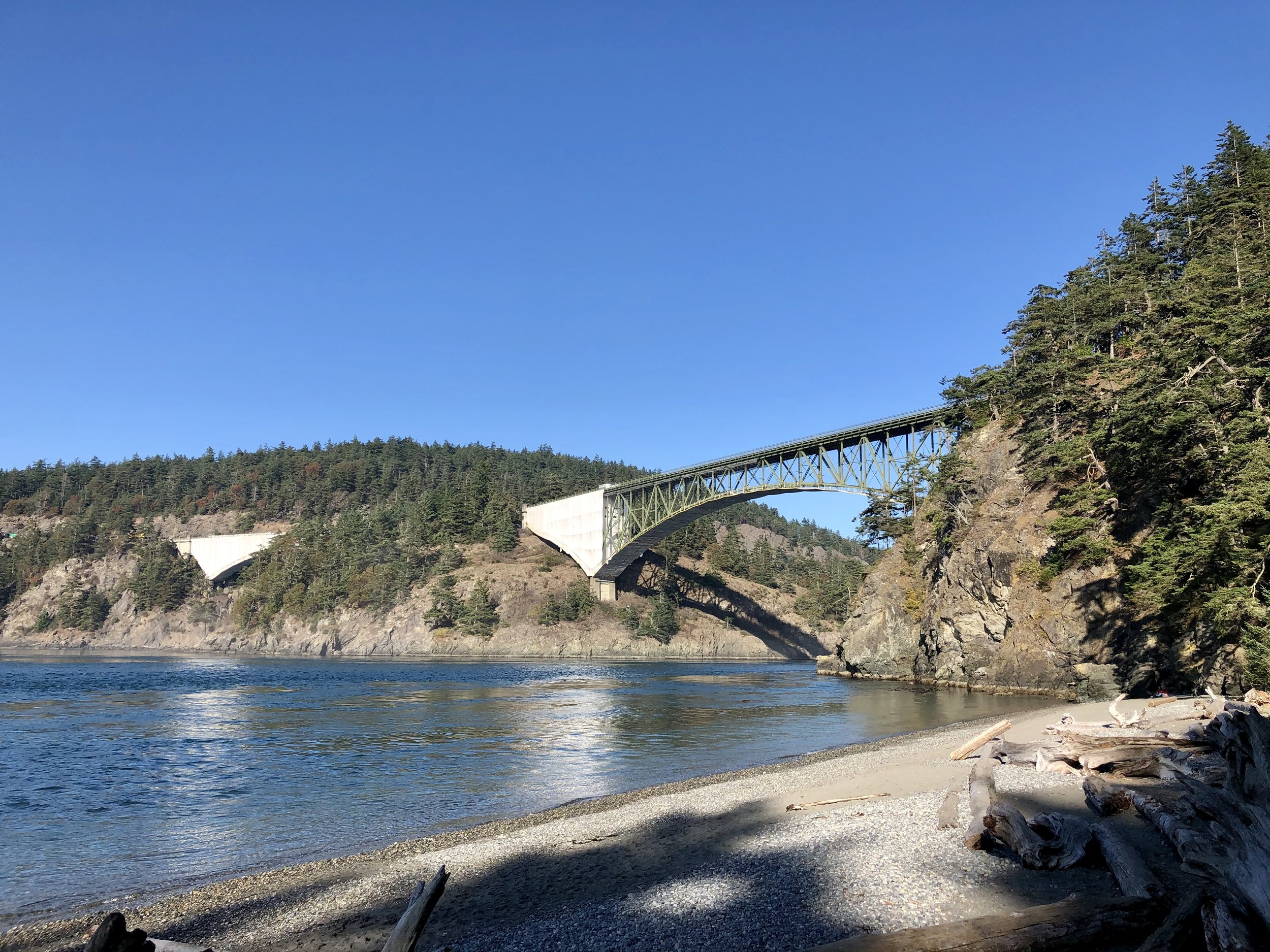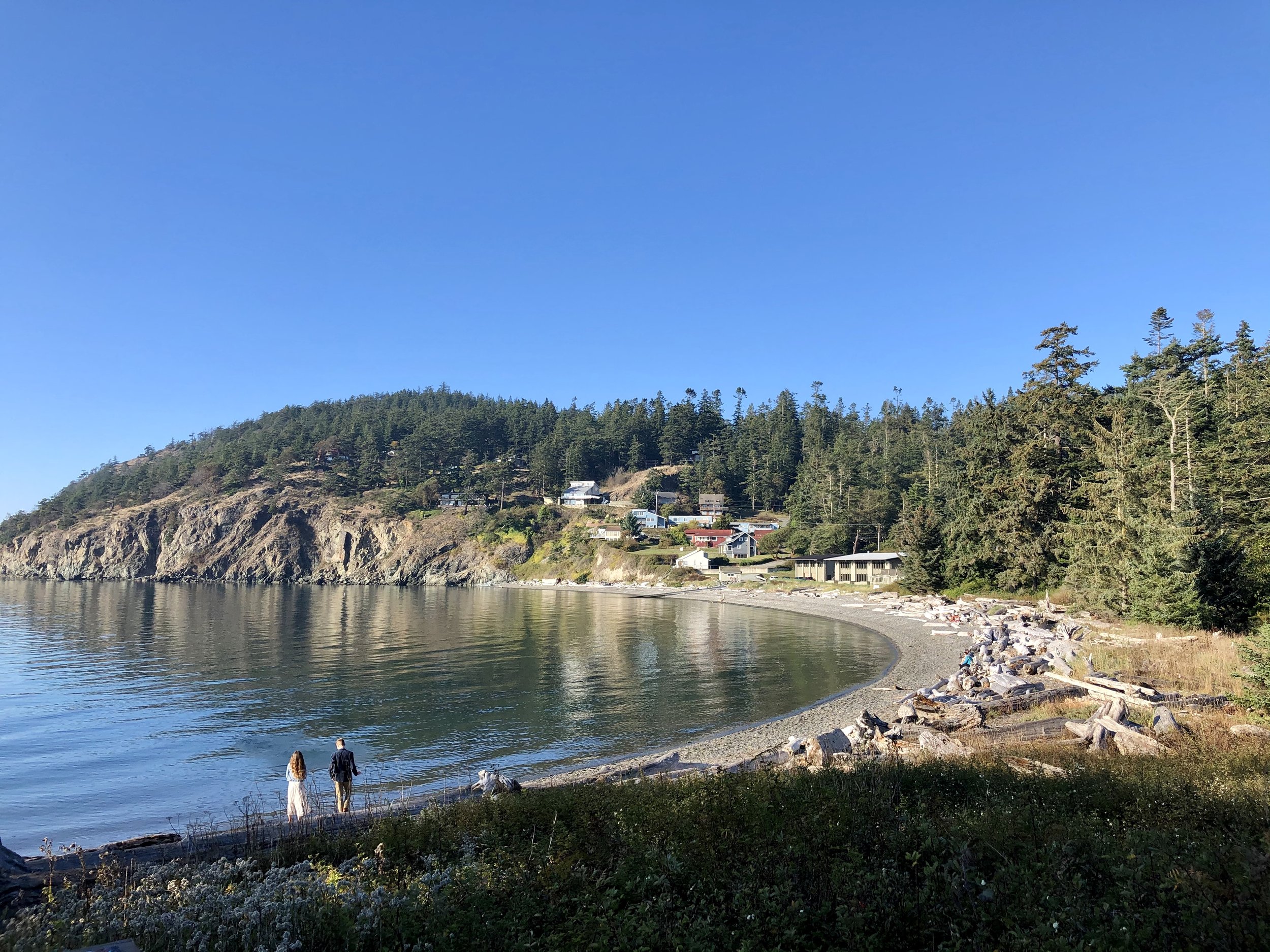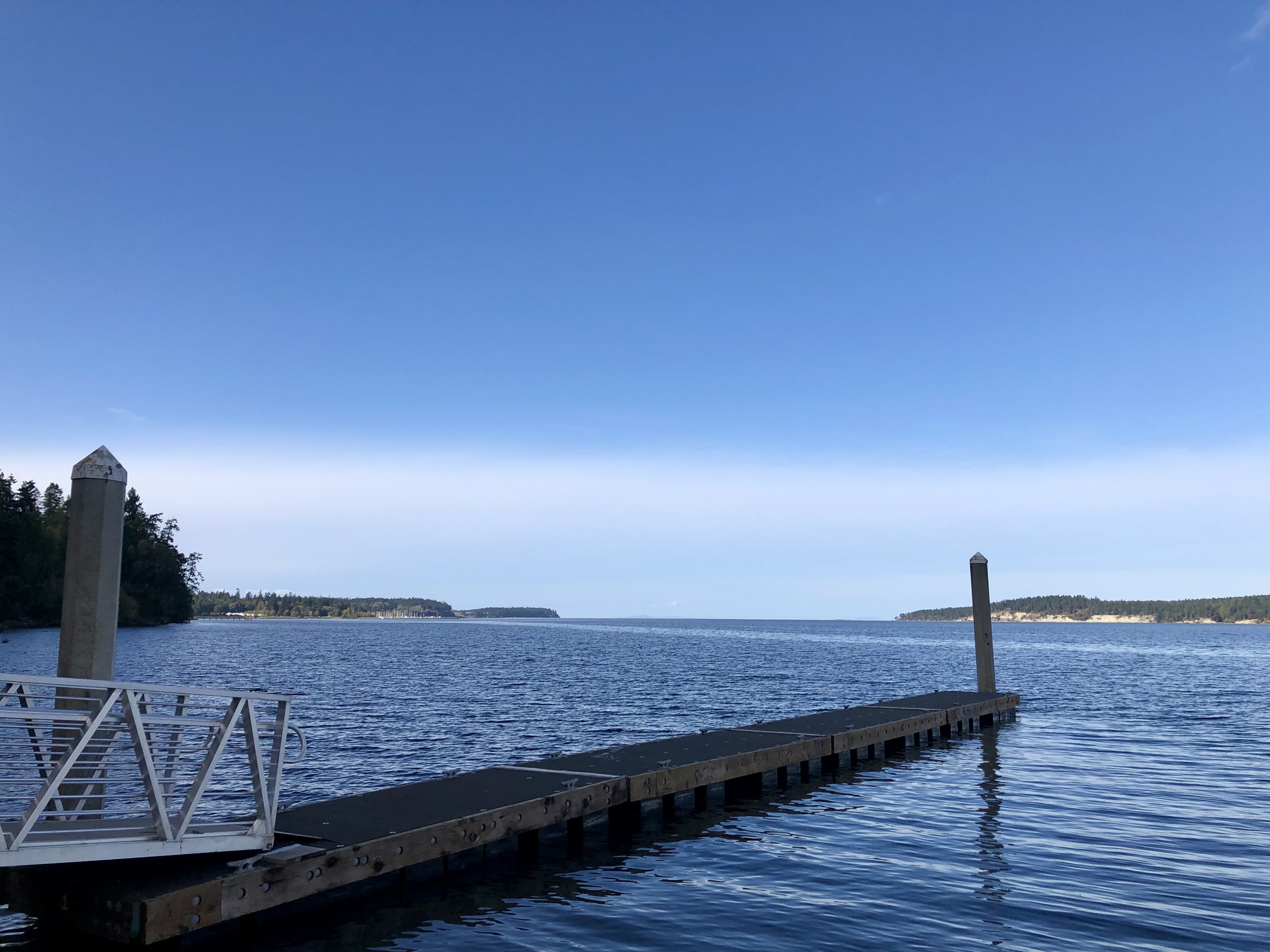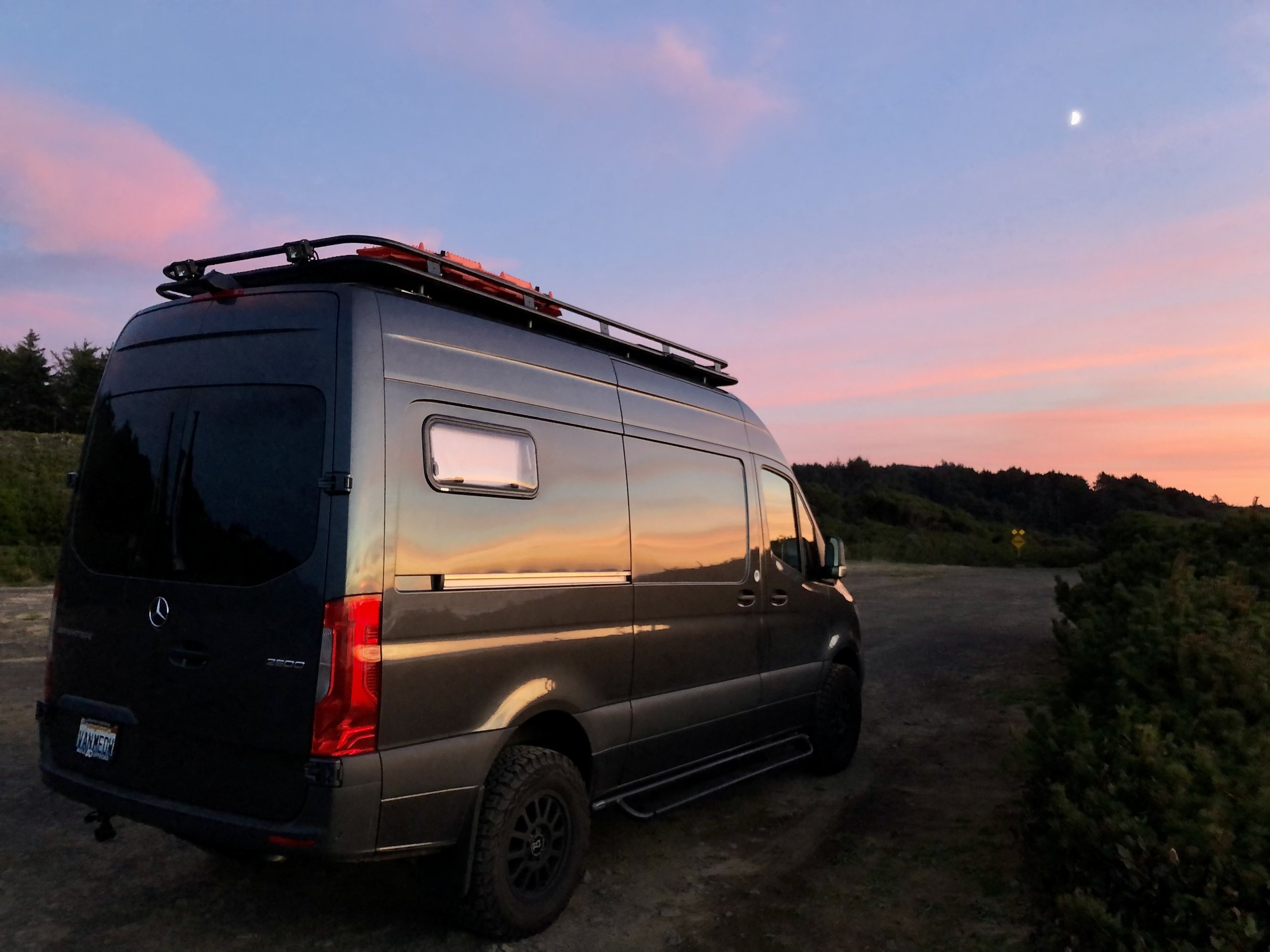After my wonderful time in Yosemite back in June 2021, I drove 28 miles west to meet some amazing ladies who created a wonderful community space and venue near the historic Goldrush town of Coulterville. Nestled in the Sierra Foothills on 35 acres of open meadows, Big Table Ranch features hiking trails, a gorgeous pool and lounging area, and a guest house they rent out through Airbnb, plus various cool rustic structures and hidden treasures. The location is also near McClure Lake and Don Pedro, making it a great spot to stay if you're into boating and water sports. Owners Kim Brisack & Dawn Huston bought this property in 2015 and with some hard work and a vision, they nurtured the land and buildings to make it an incredible place for gatherings of all kind, creating community around a big table. Their motto is "when you have more than you need, build a bigger table" and they truly mean it!
My vanlife friend Bex told me about their ranch while we were at Descend on Bend in 2019 because I was looking for private land to host a California vanlife gathering, so I contacted them and they were more than happy to have me visit to see their space and discuss what they offer. Kim and Dawn welcomed me with open arms, showed me around the property, and even invited me to join them for dinner. After choosing a shady spot for my van at top of the big open field under a tree, I took an amazing shower in one of their super cool and private shower stalls, and then headed to their house to hang out with my magnanimous hosts and some of their friends who were also visiting.
Their home (known as the Big House) is a spacious barn-style building with an open floor plan, high ceilings, a big wooden table, lounge chairs and couches, and a large kitchen. Sadly I didn’t take any photos as I was busy socializing with my new friends. We talked and enjoyed appetizers on their lovely porch watching the sunset over the hills, followed by a potluck dinner that was delicious! The generosity, inclusivity, and sense of community my hosts graciously provide is truly magical and I went to sleep in my van feeling fulfilled with a sense of belonging you don’t often find. I was only there for the one night, but I can see how this ranch is a great location for any kind of event, weddings, hiking, swimming and relaxing — Kim and Dawn really have created a special place full of love and hospitality! I never did end up creating my California vanlife gathering, but I will never forget that evening and am so grateful for meeting these incredible humans and getting to experience what Big Table Ranch offers!
Even my cat Maverick approved, having the best time climbing in the big trees that my van was camped under!







